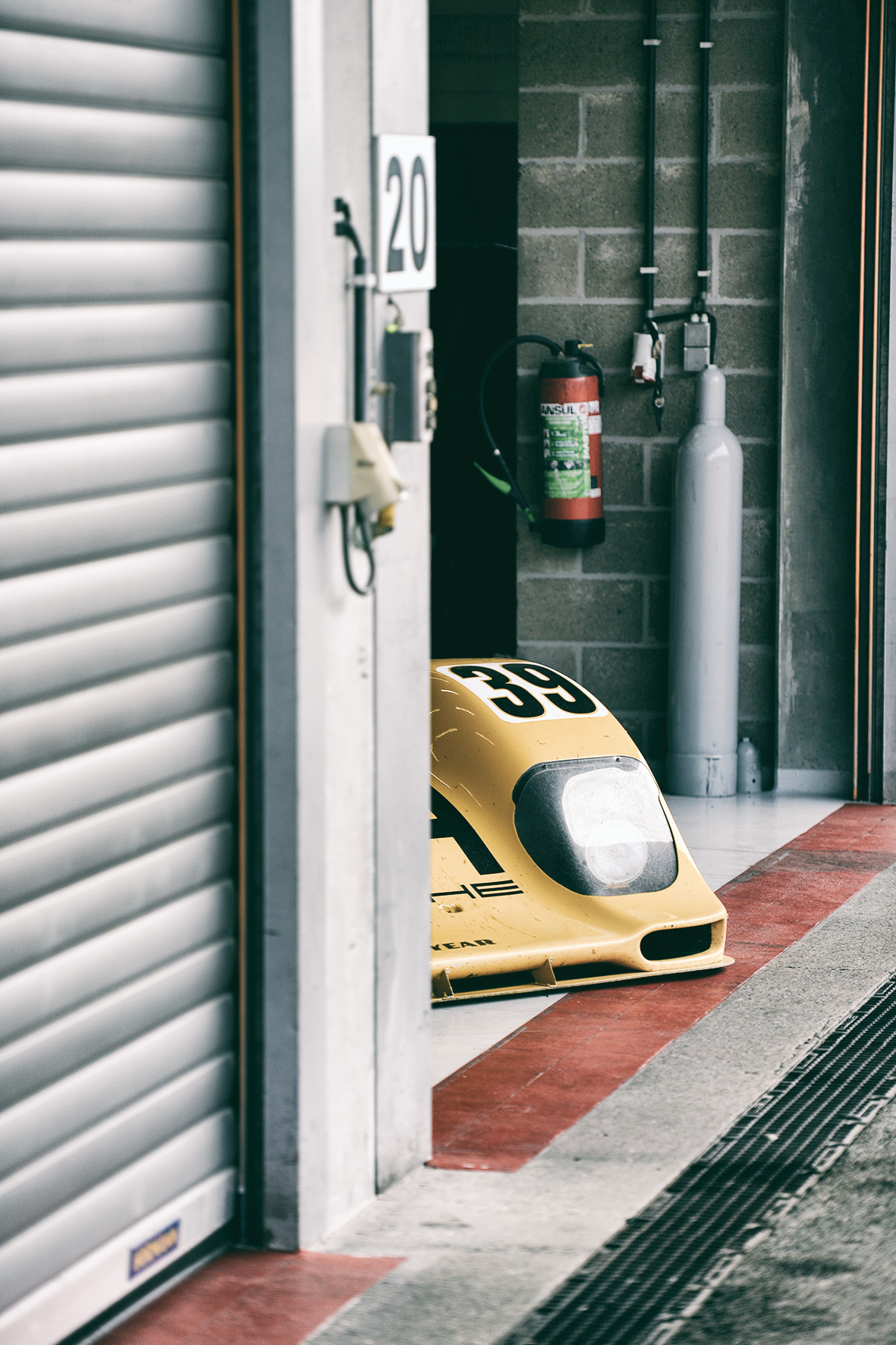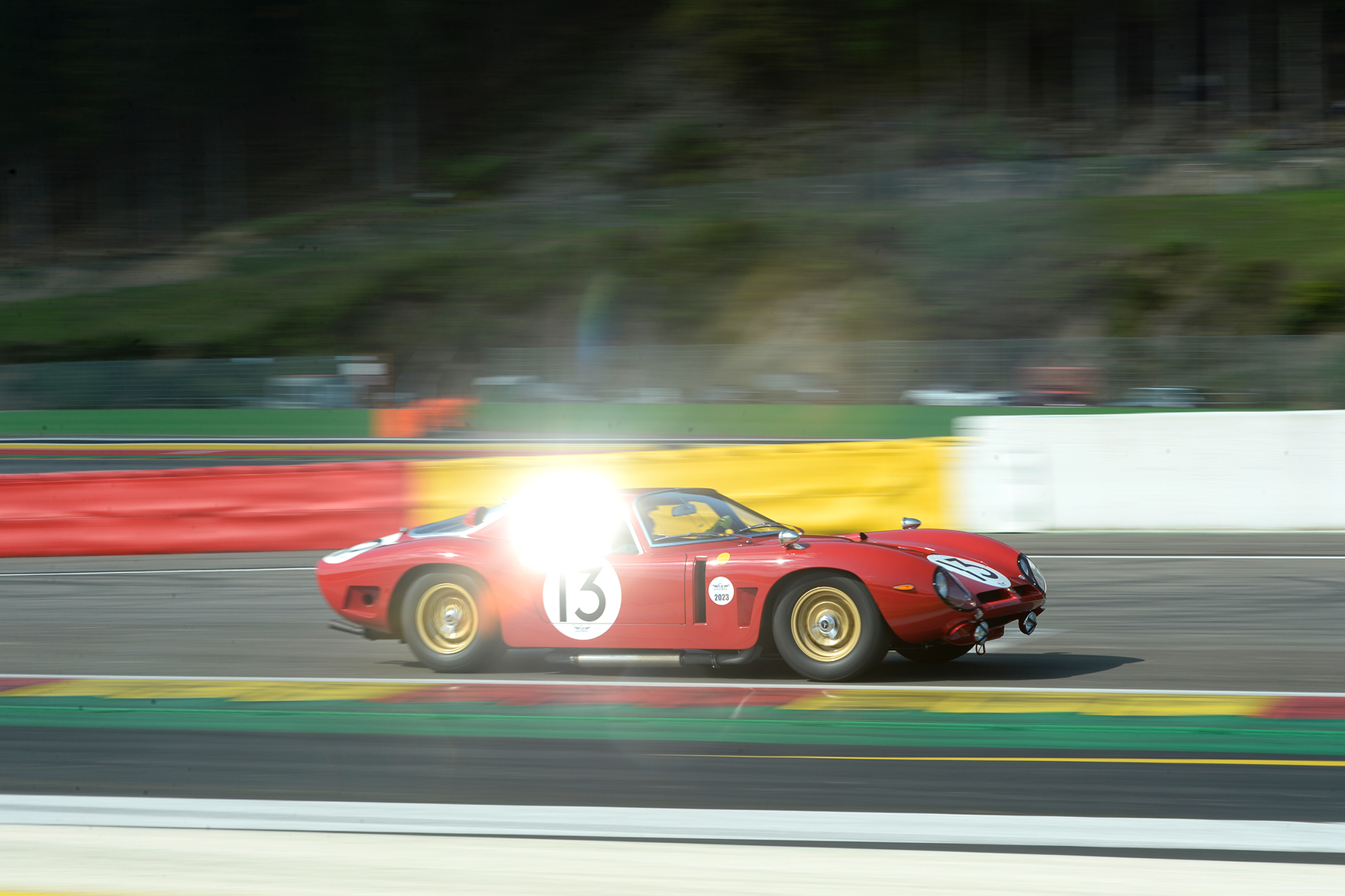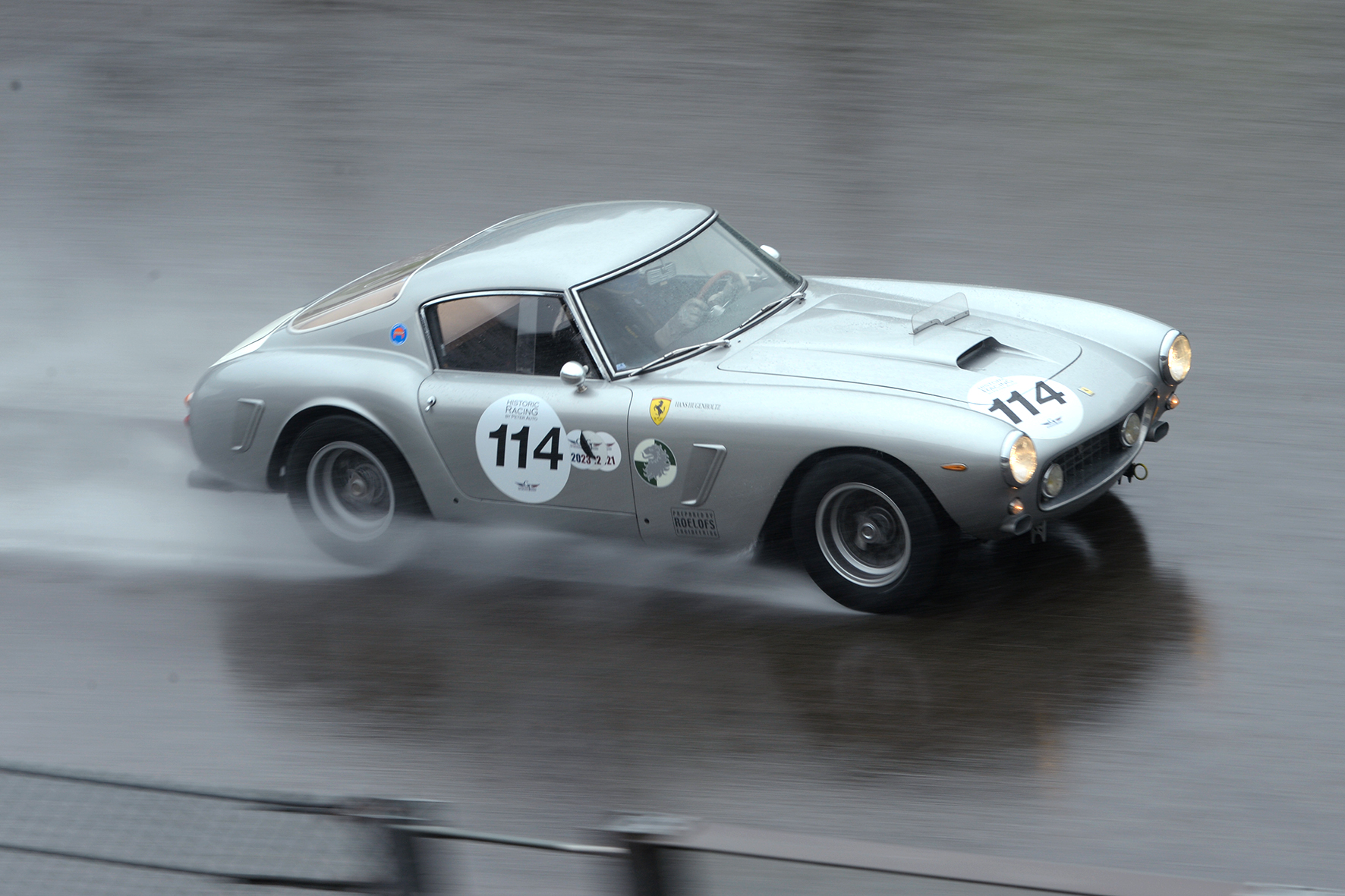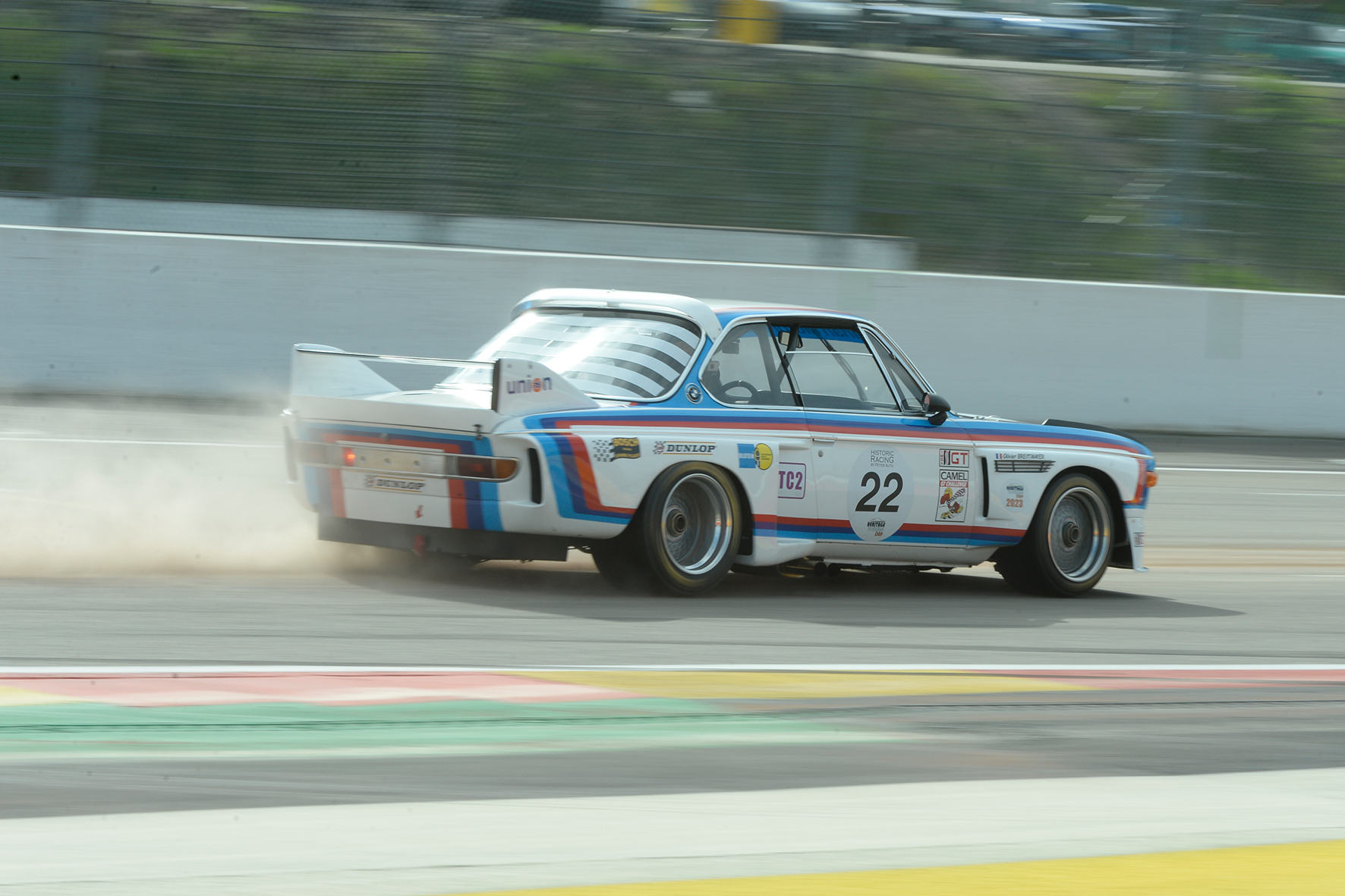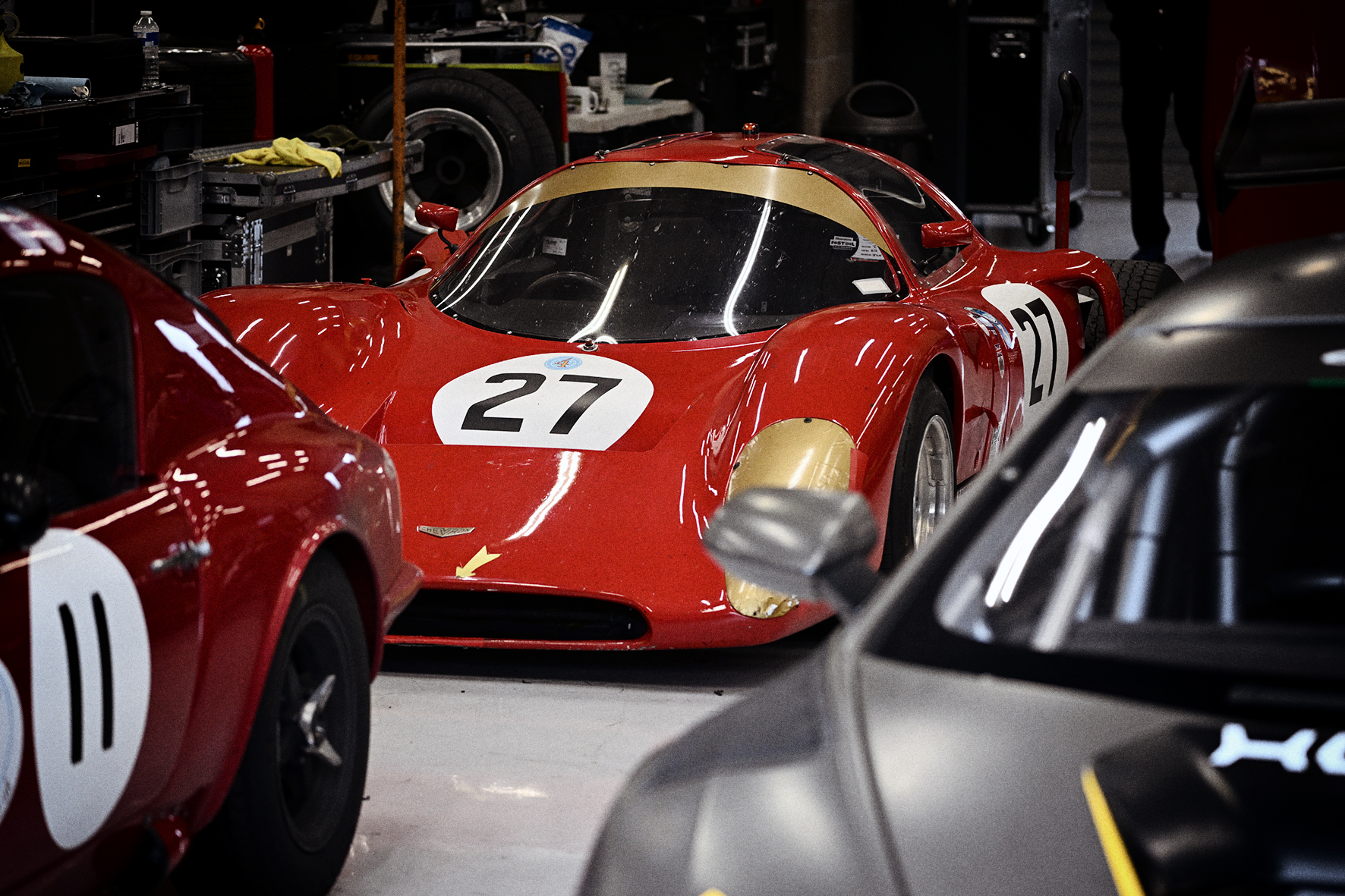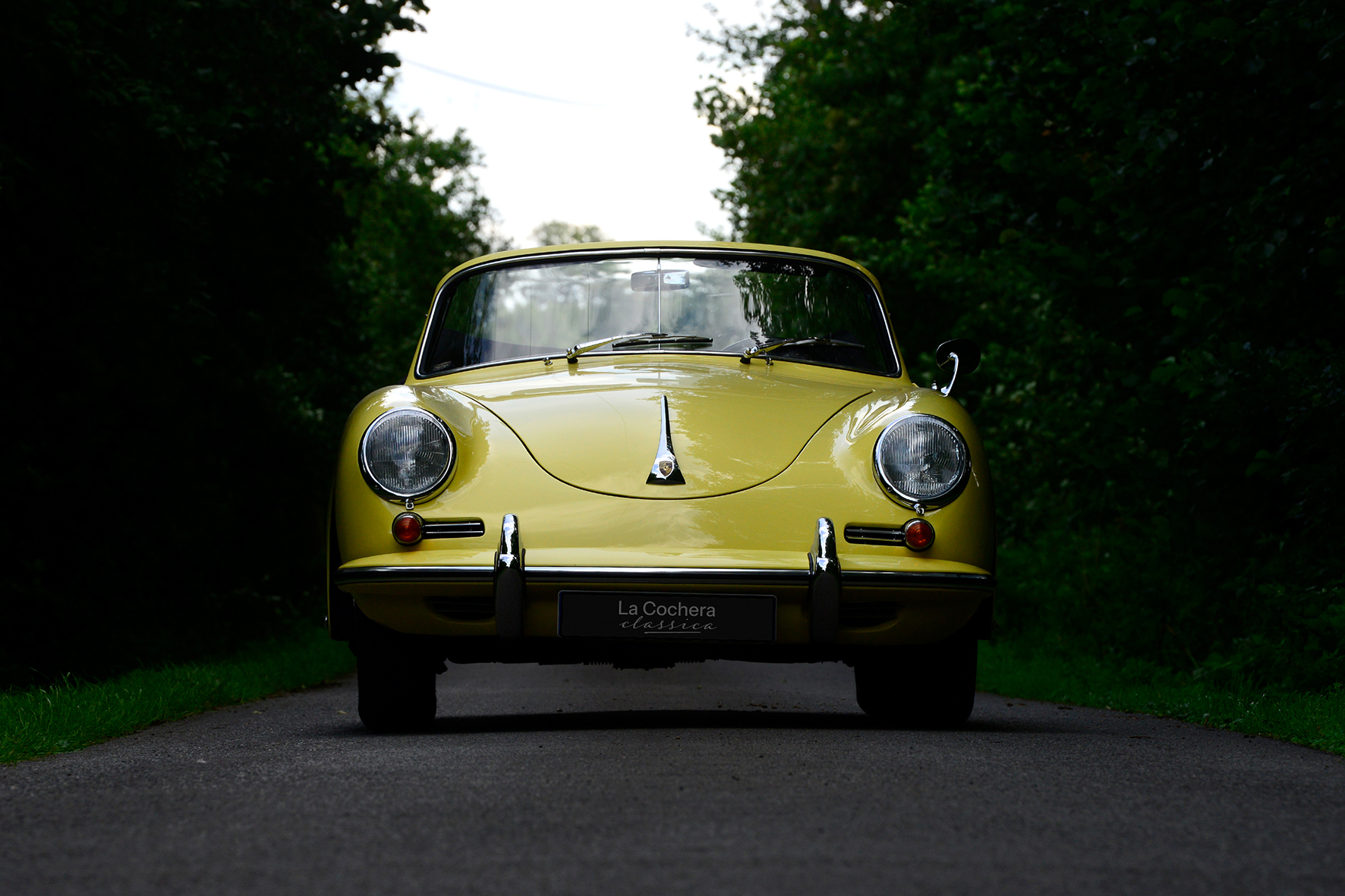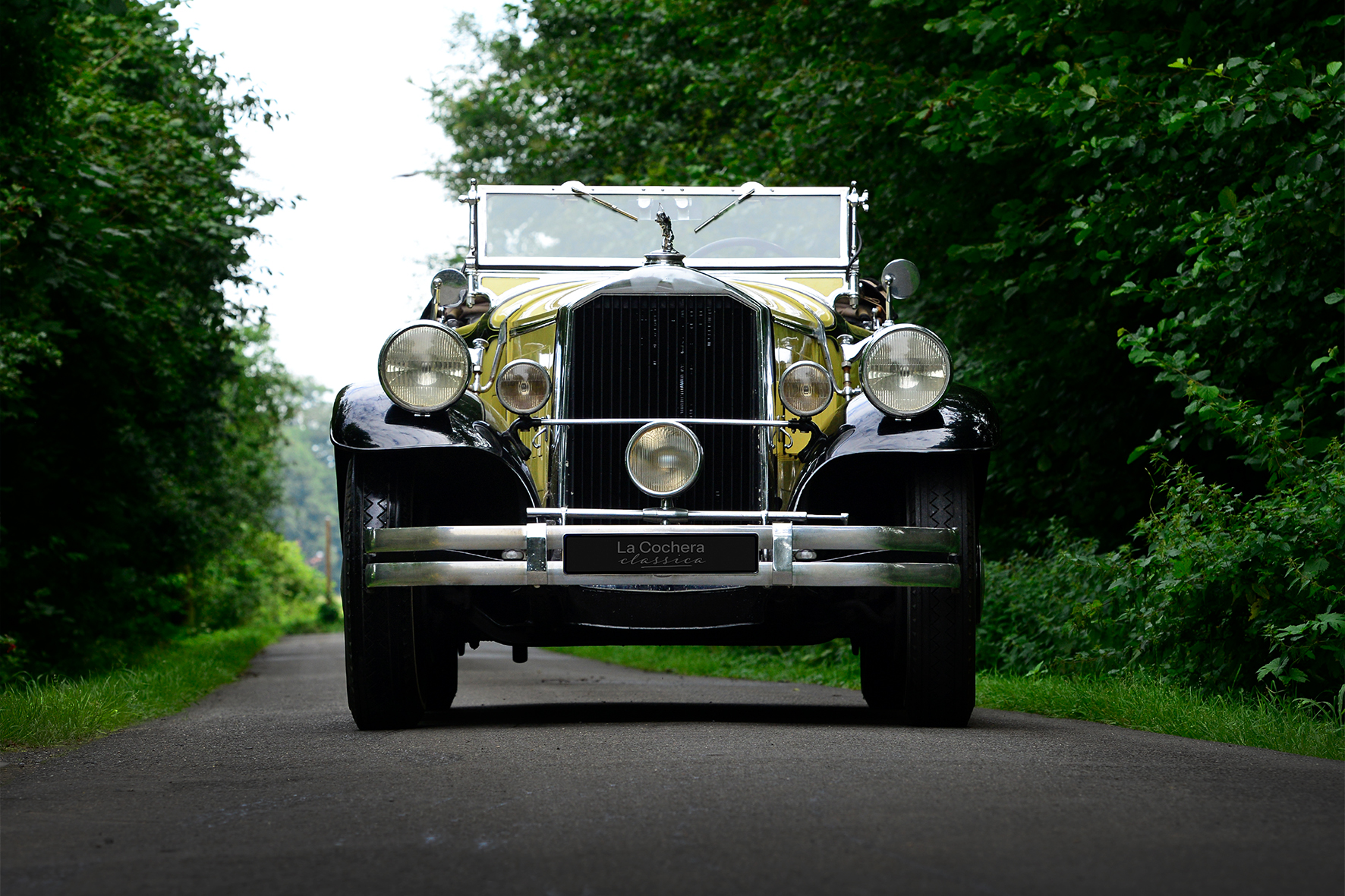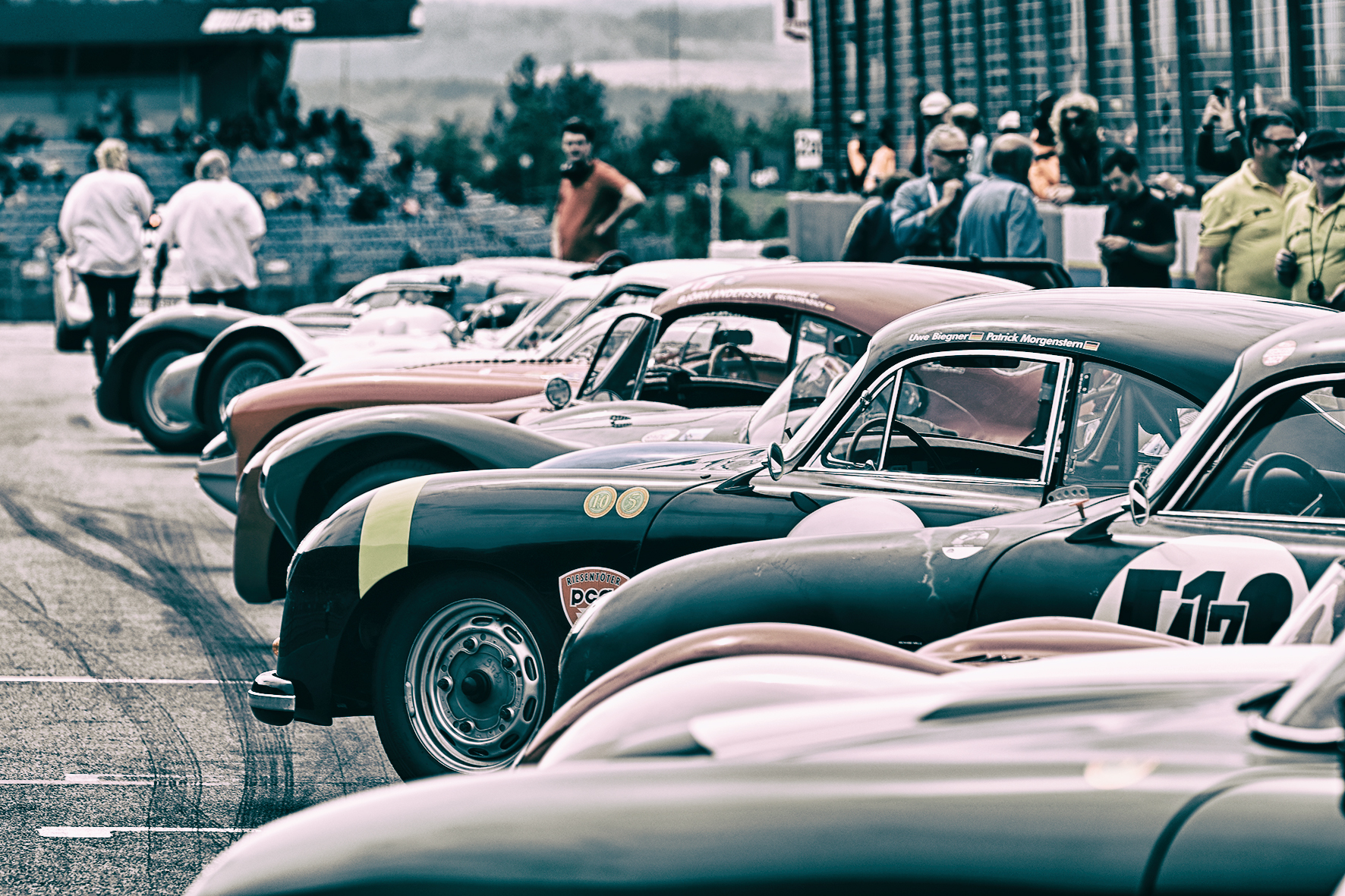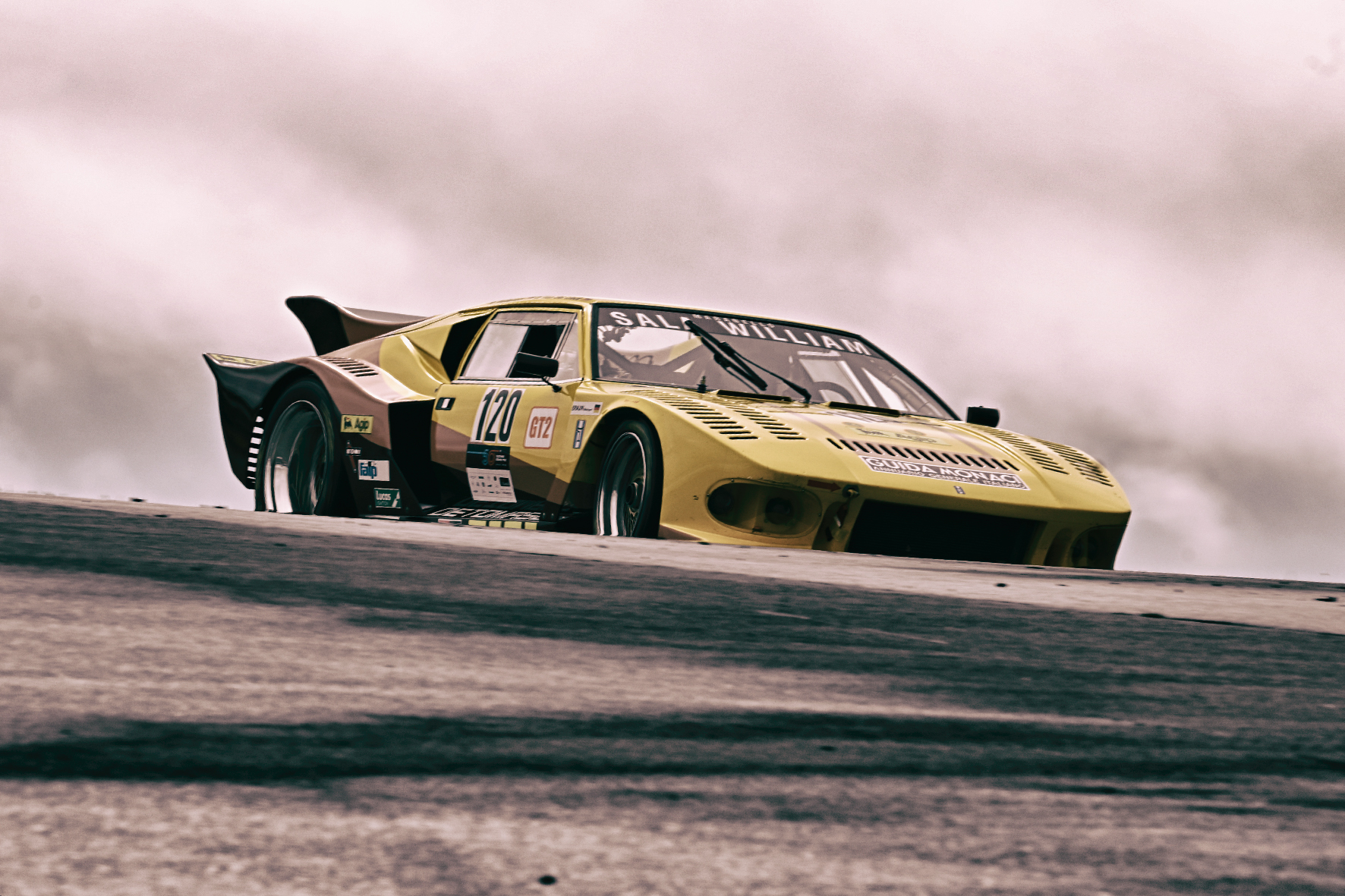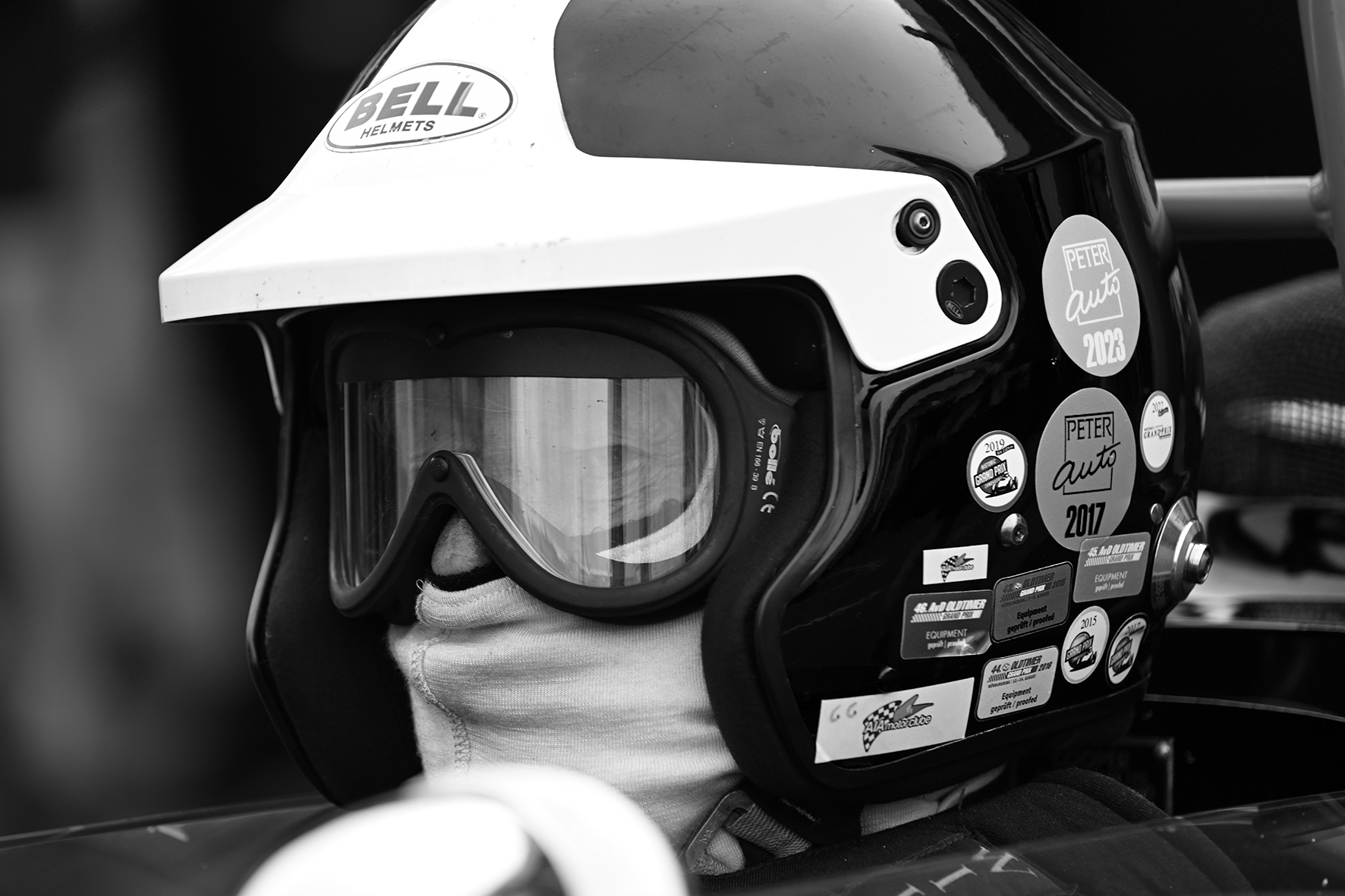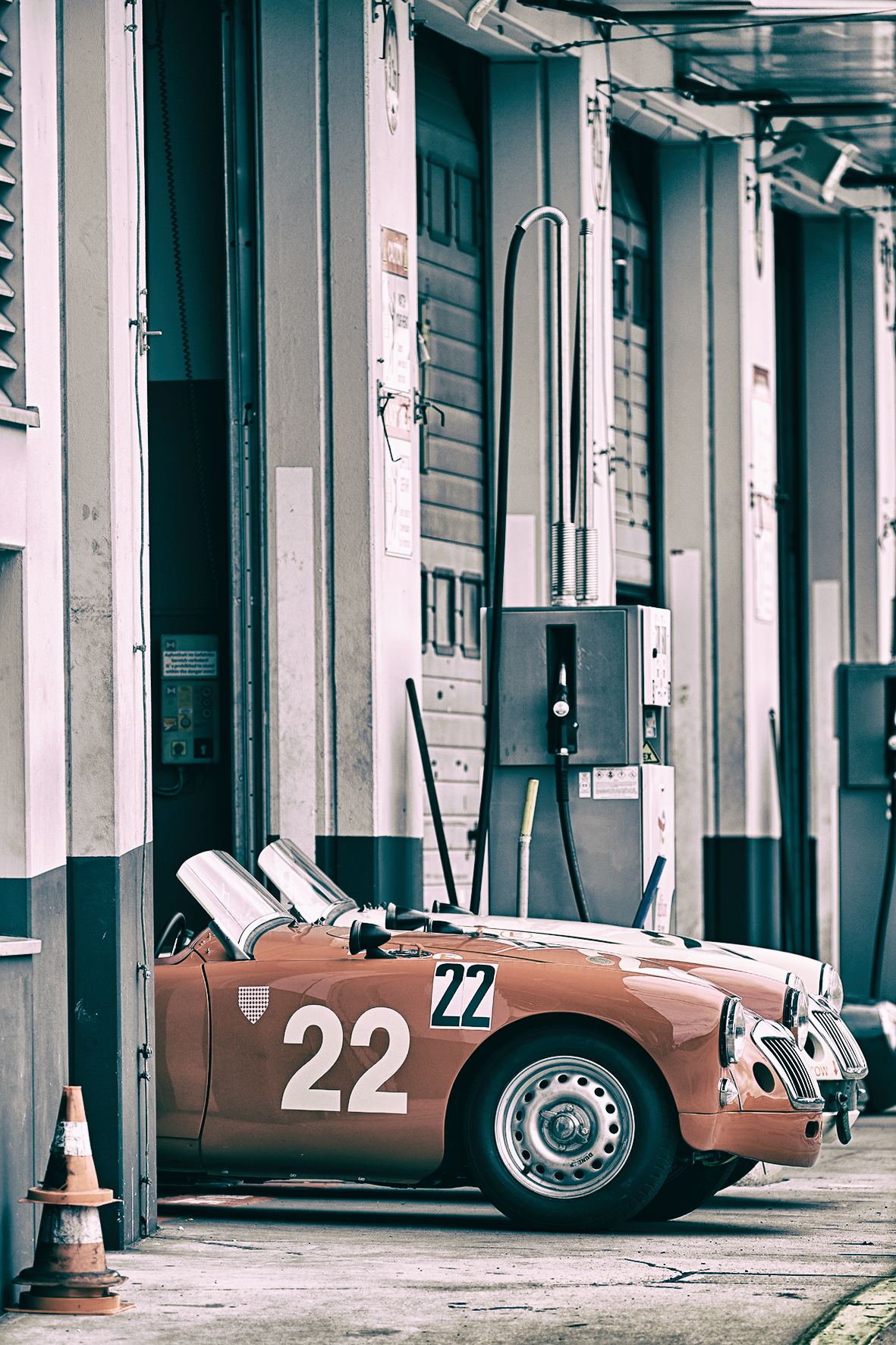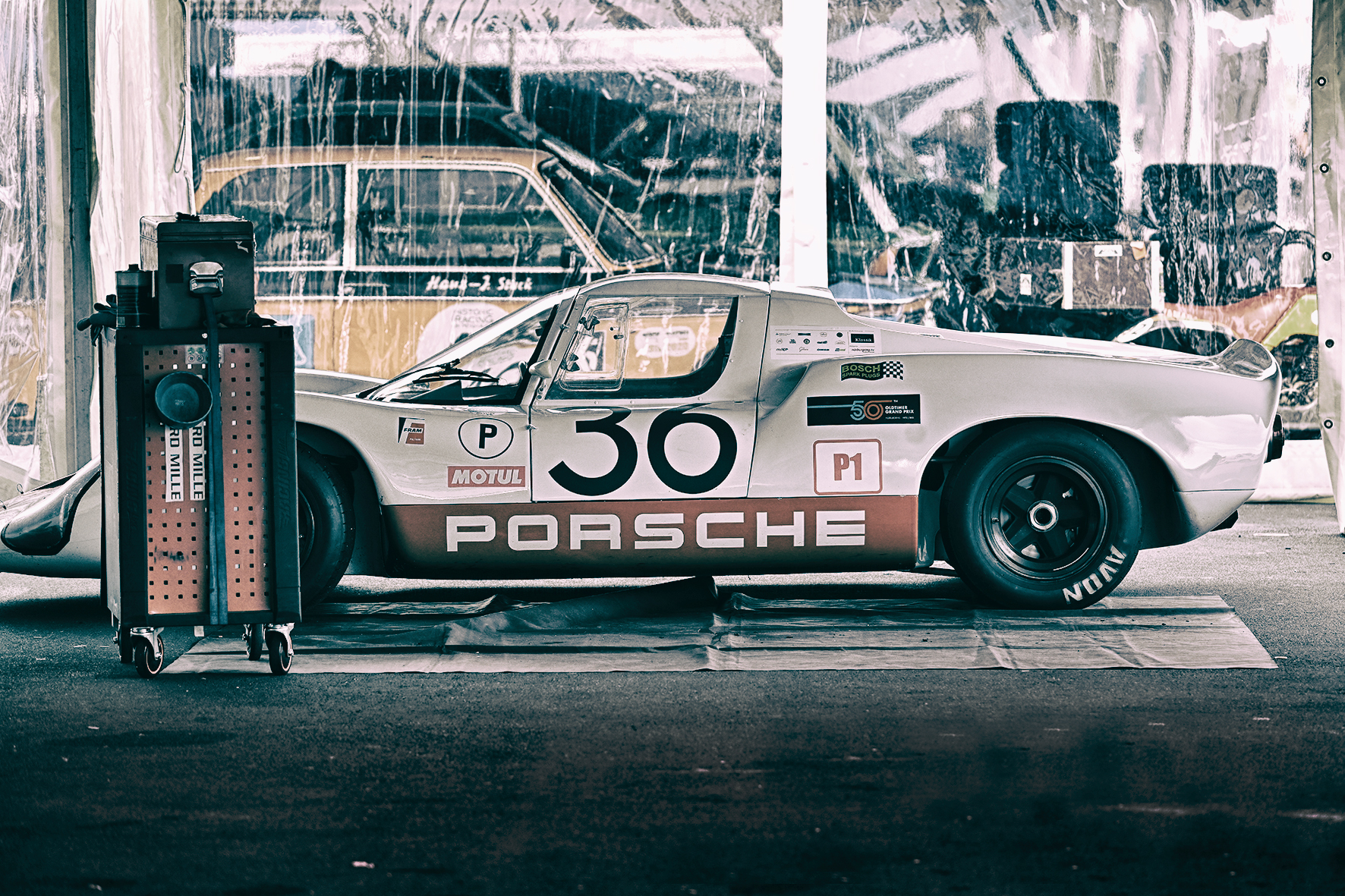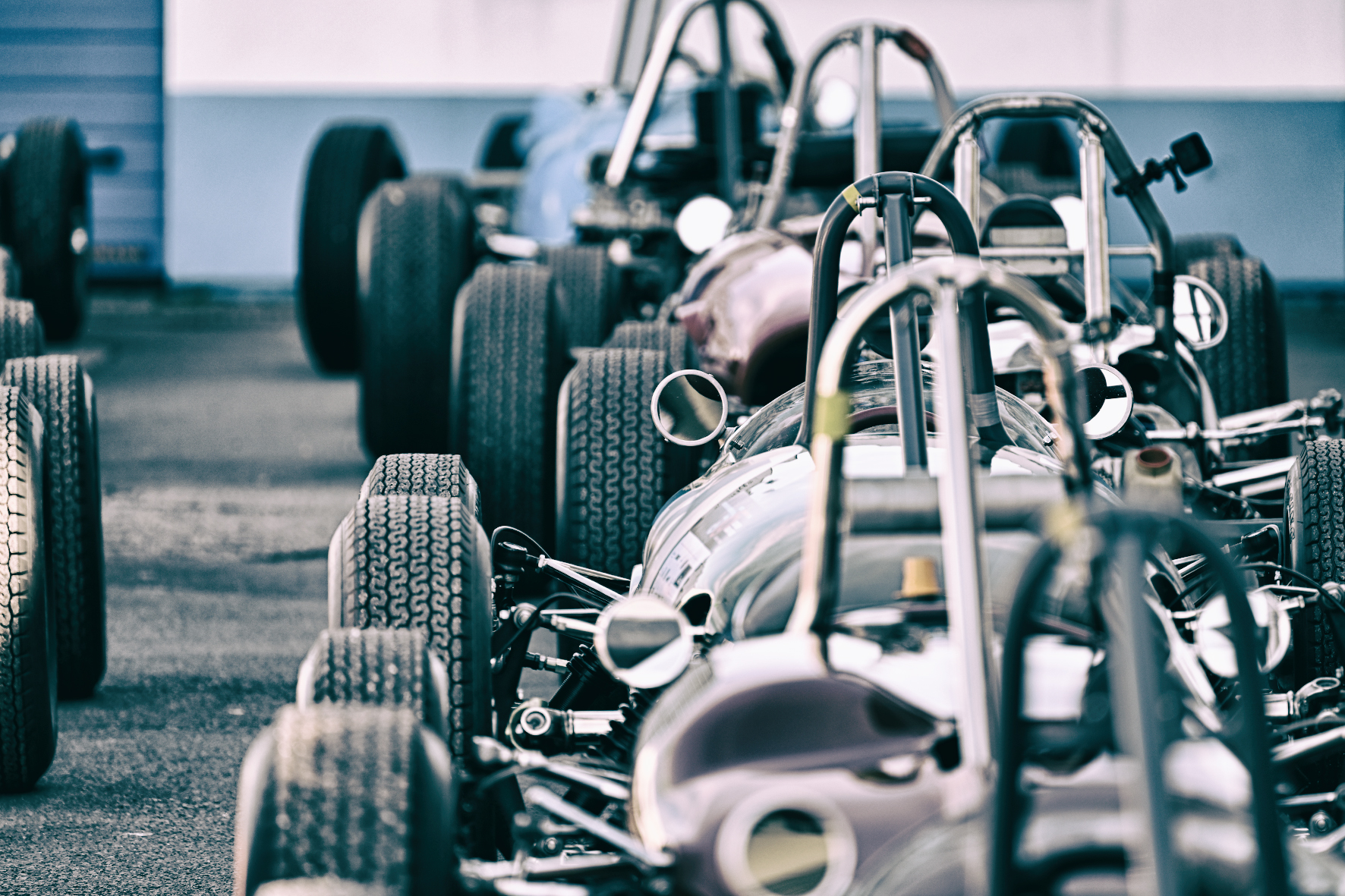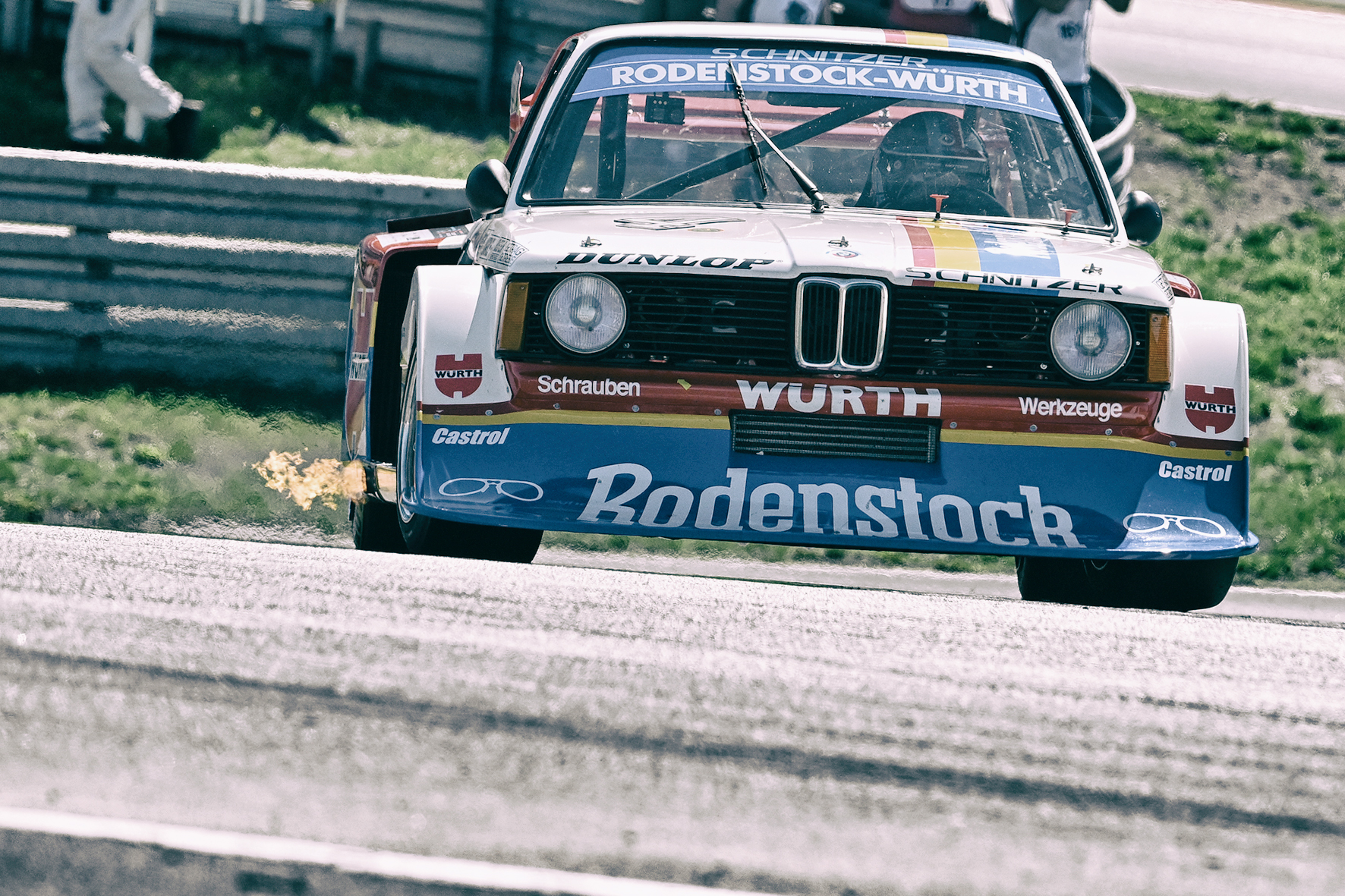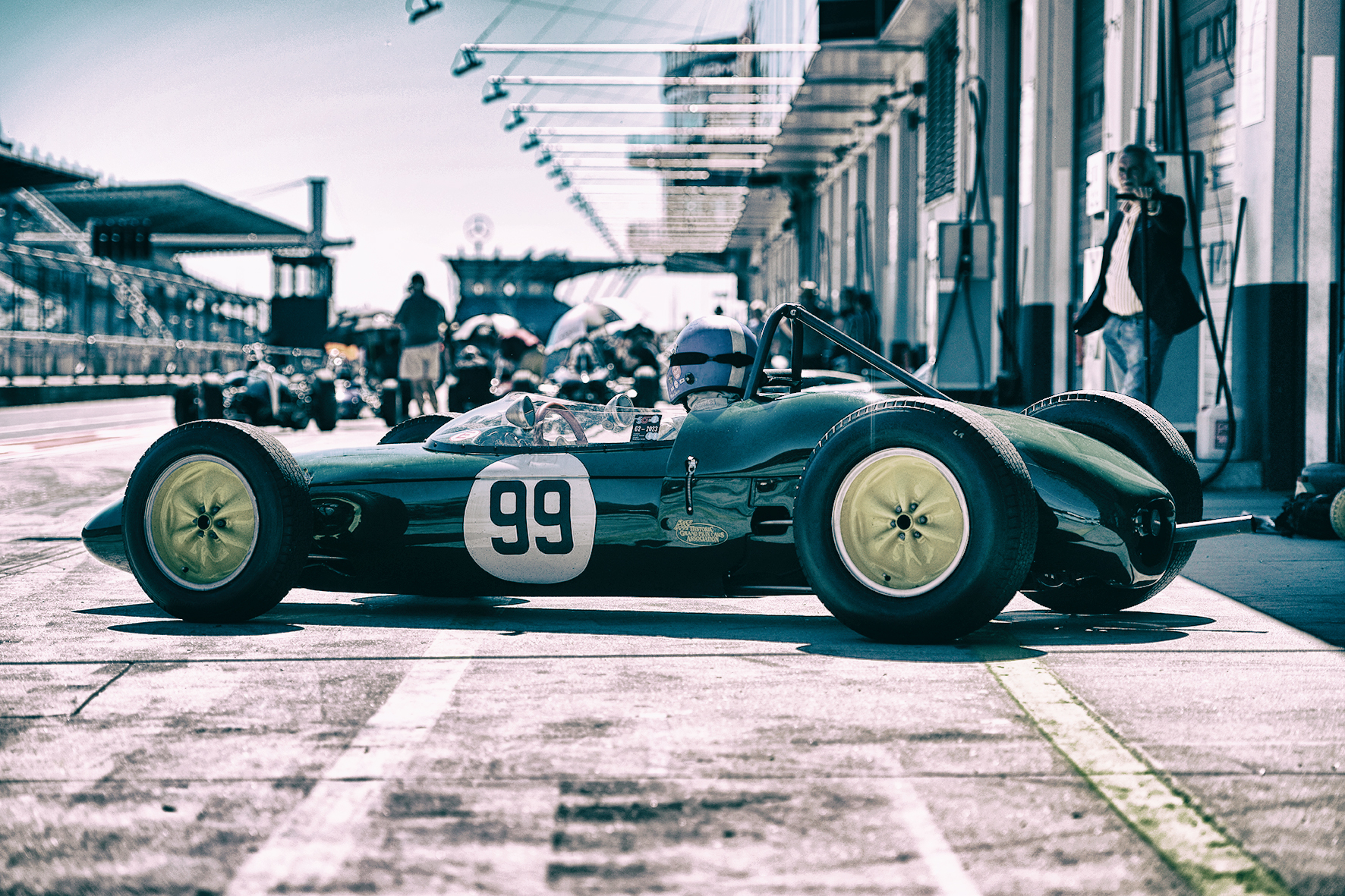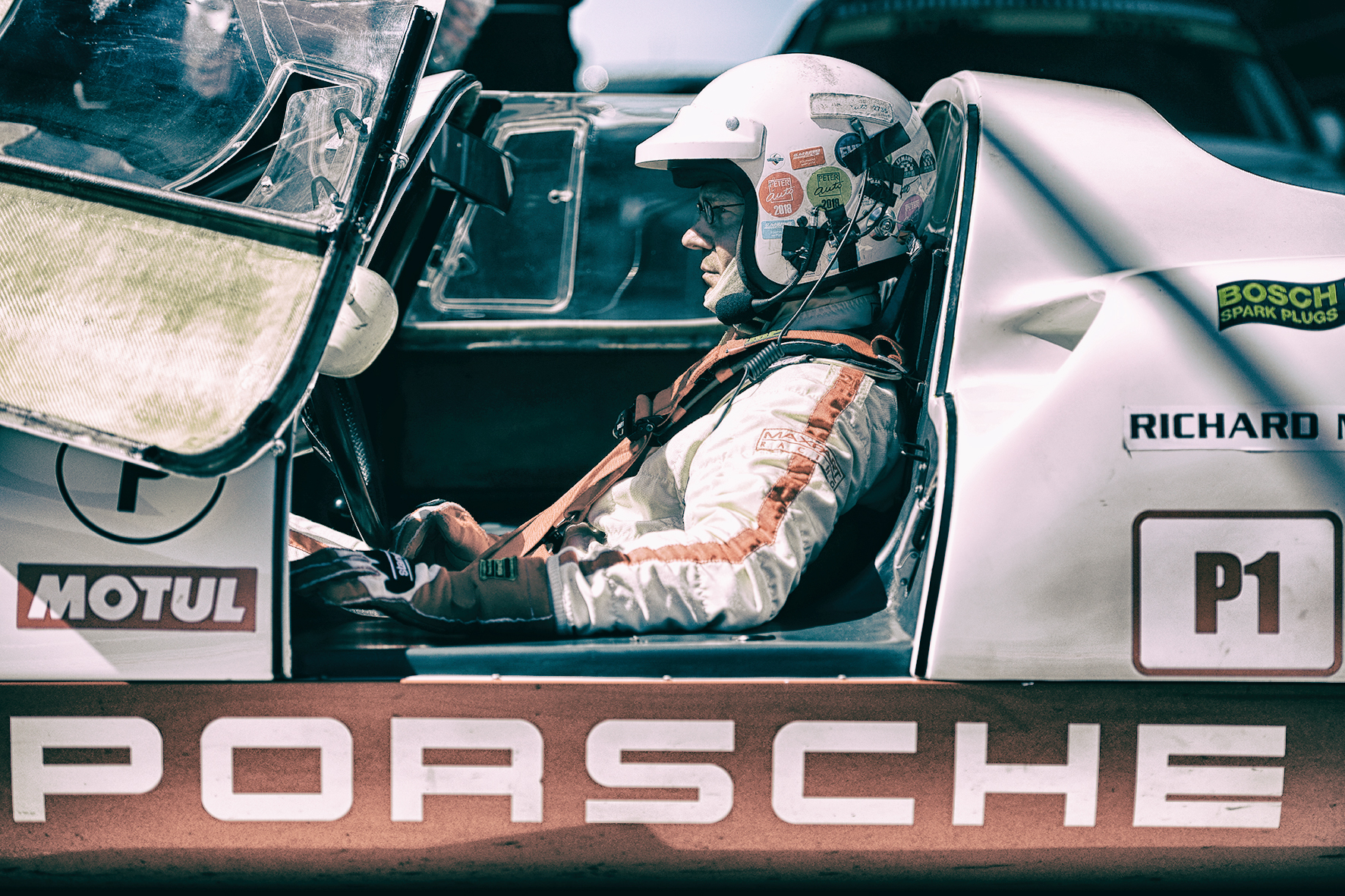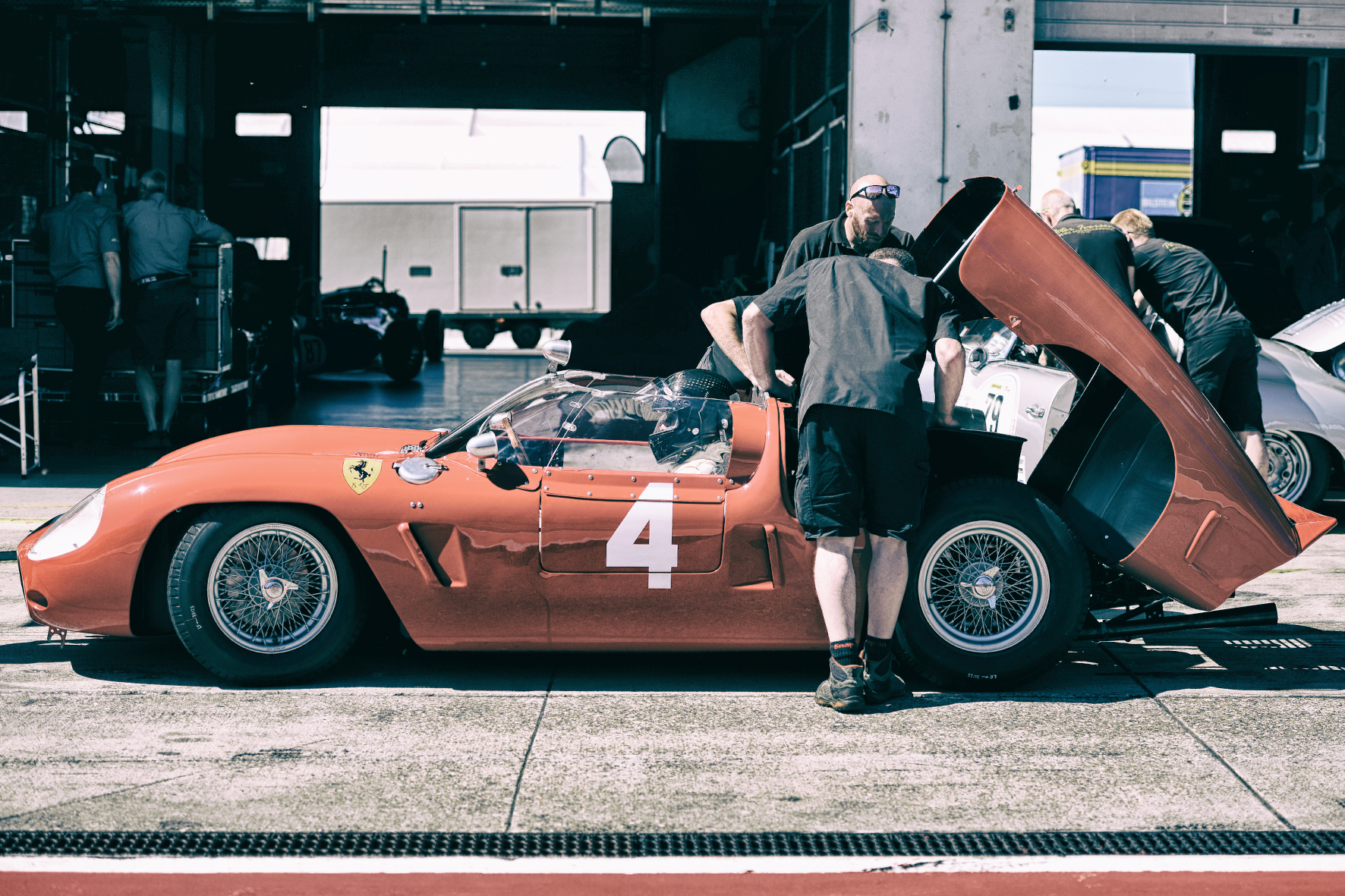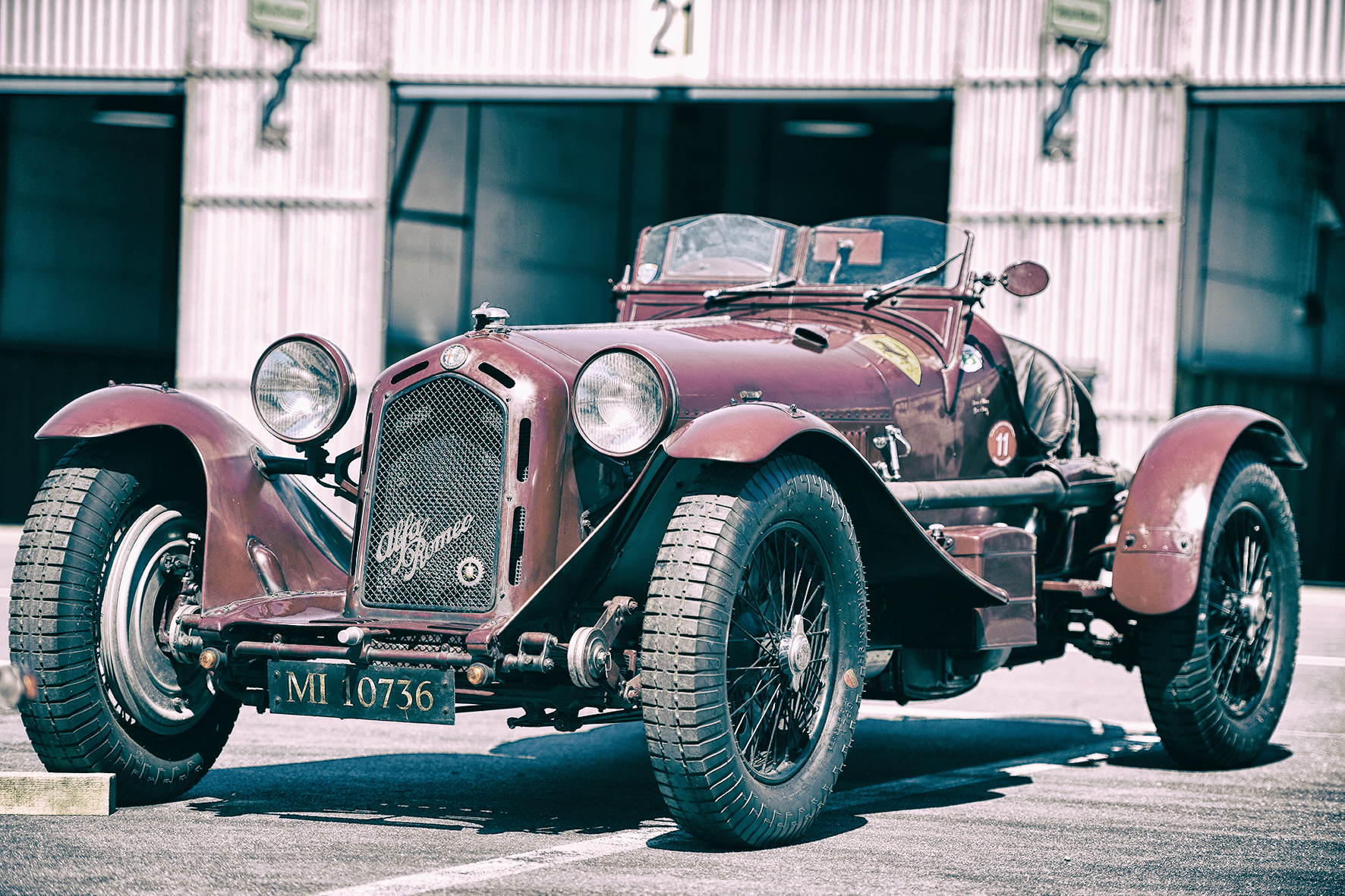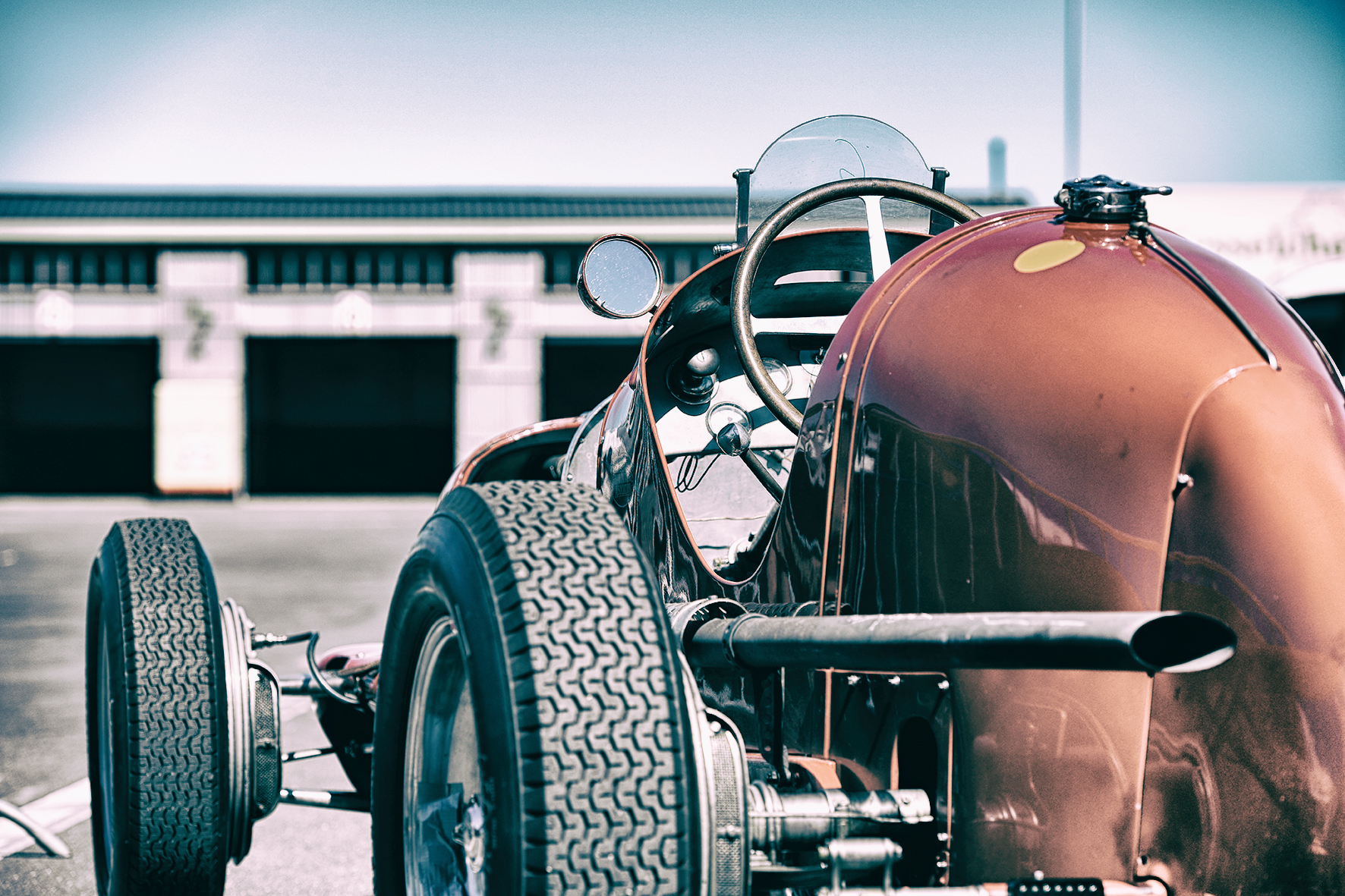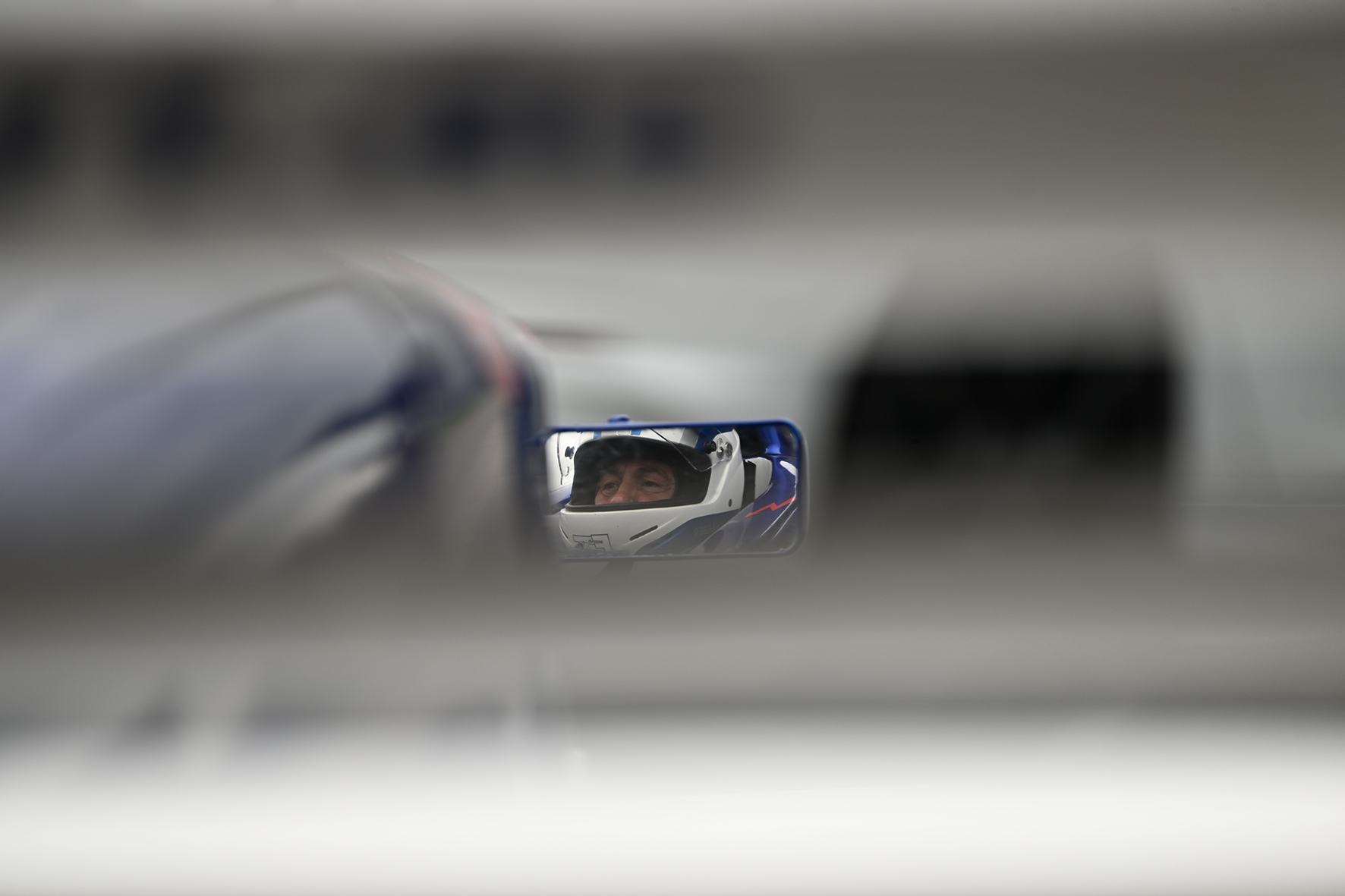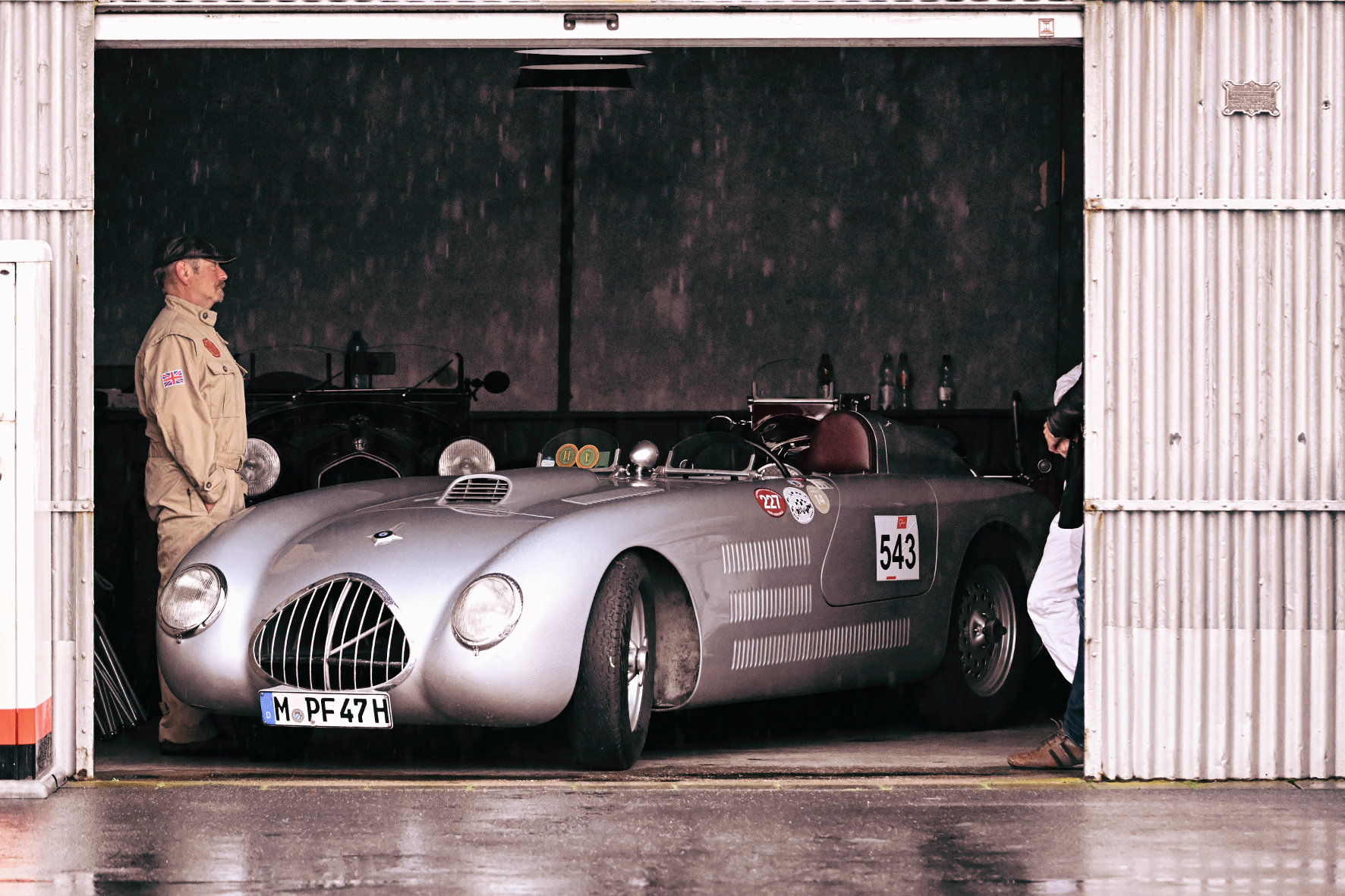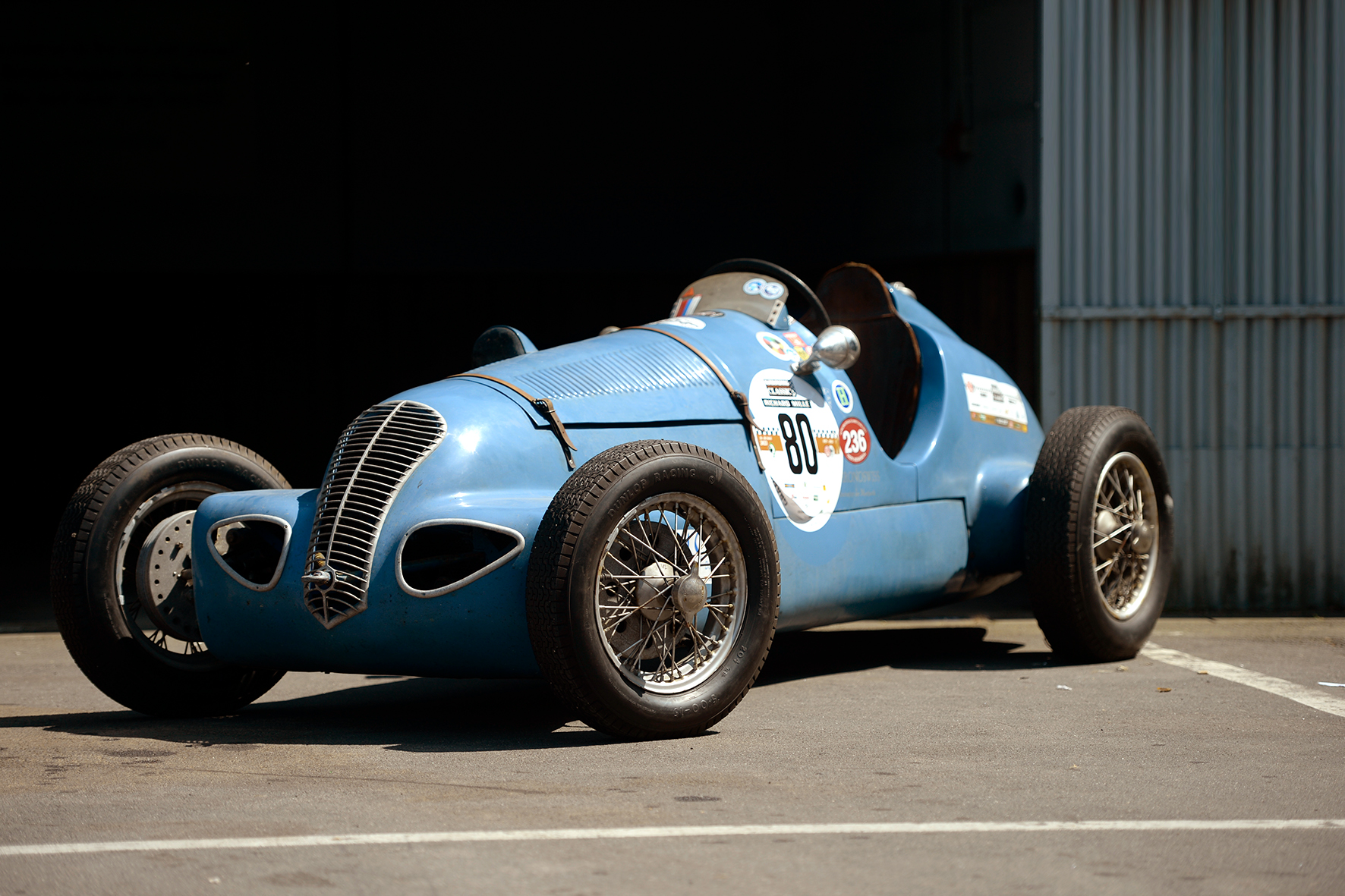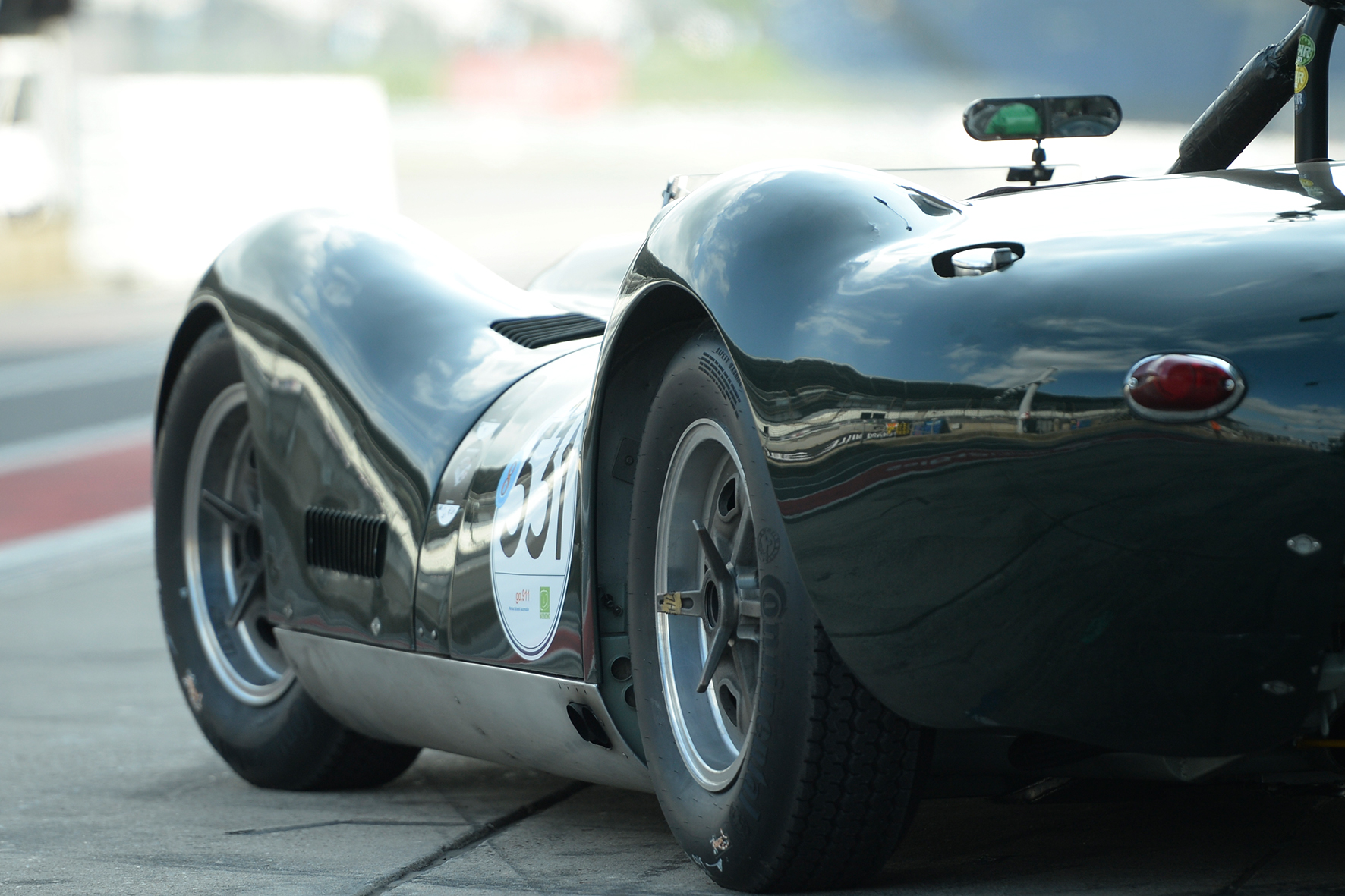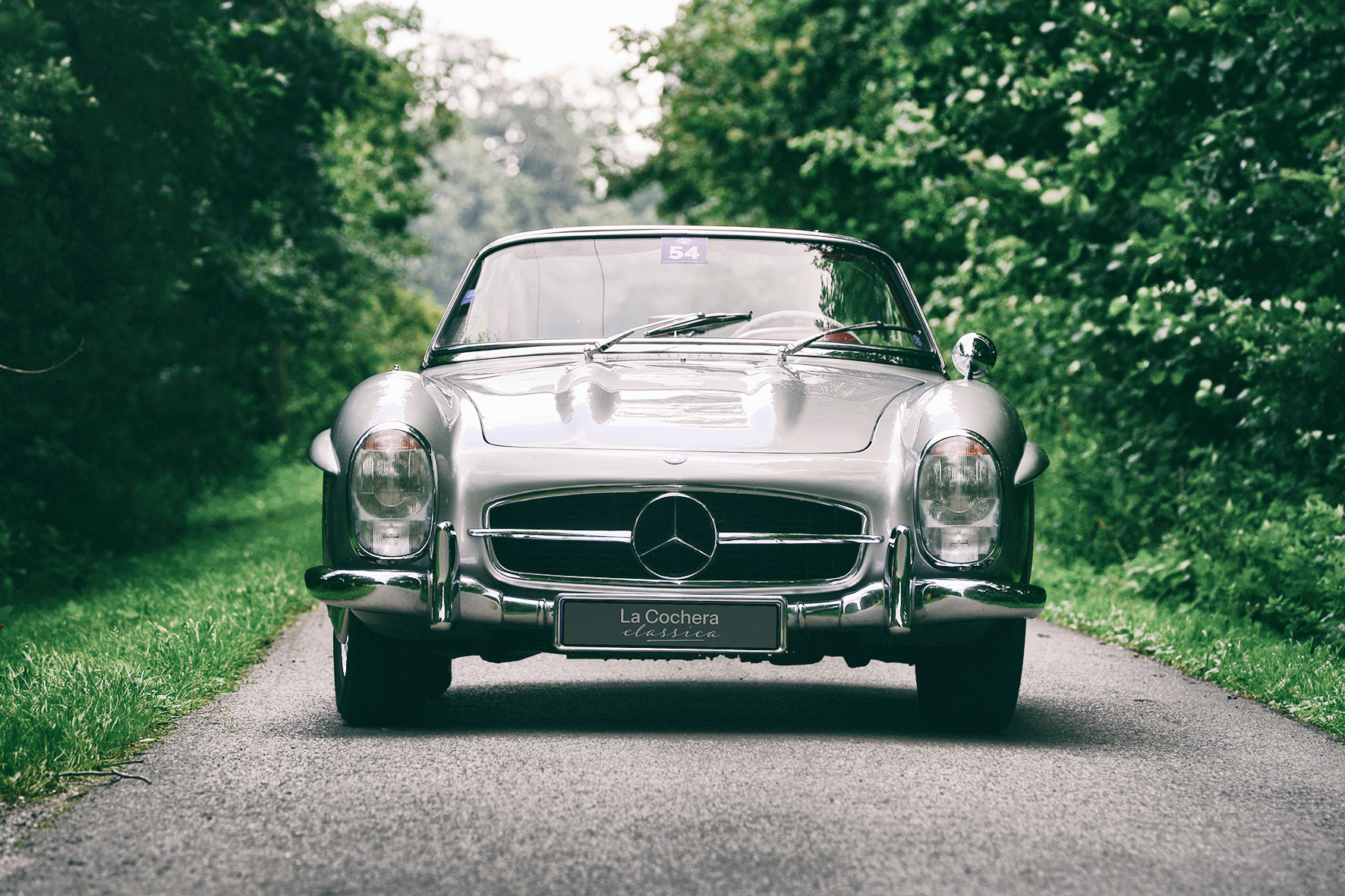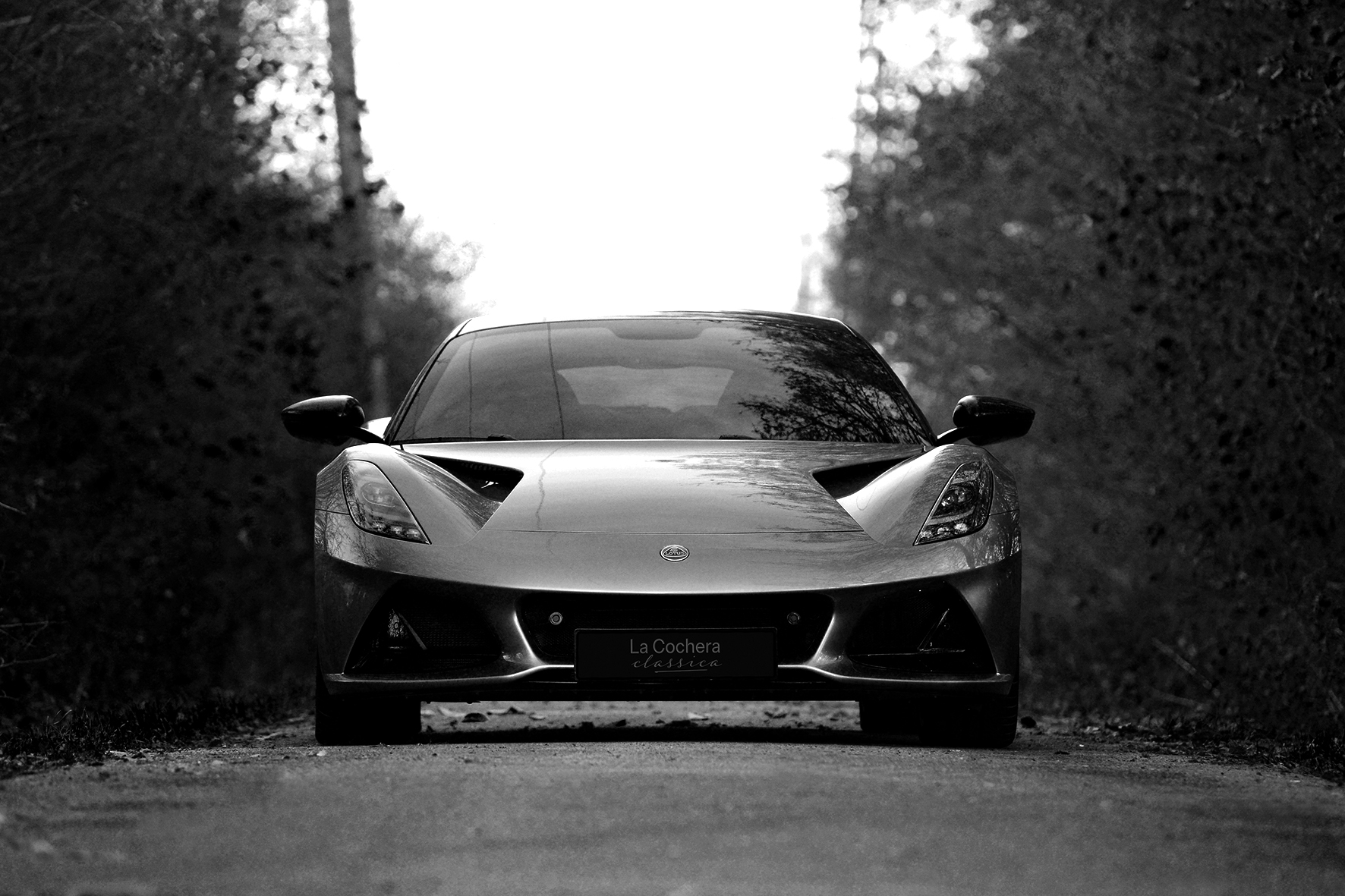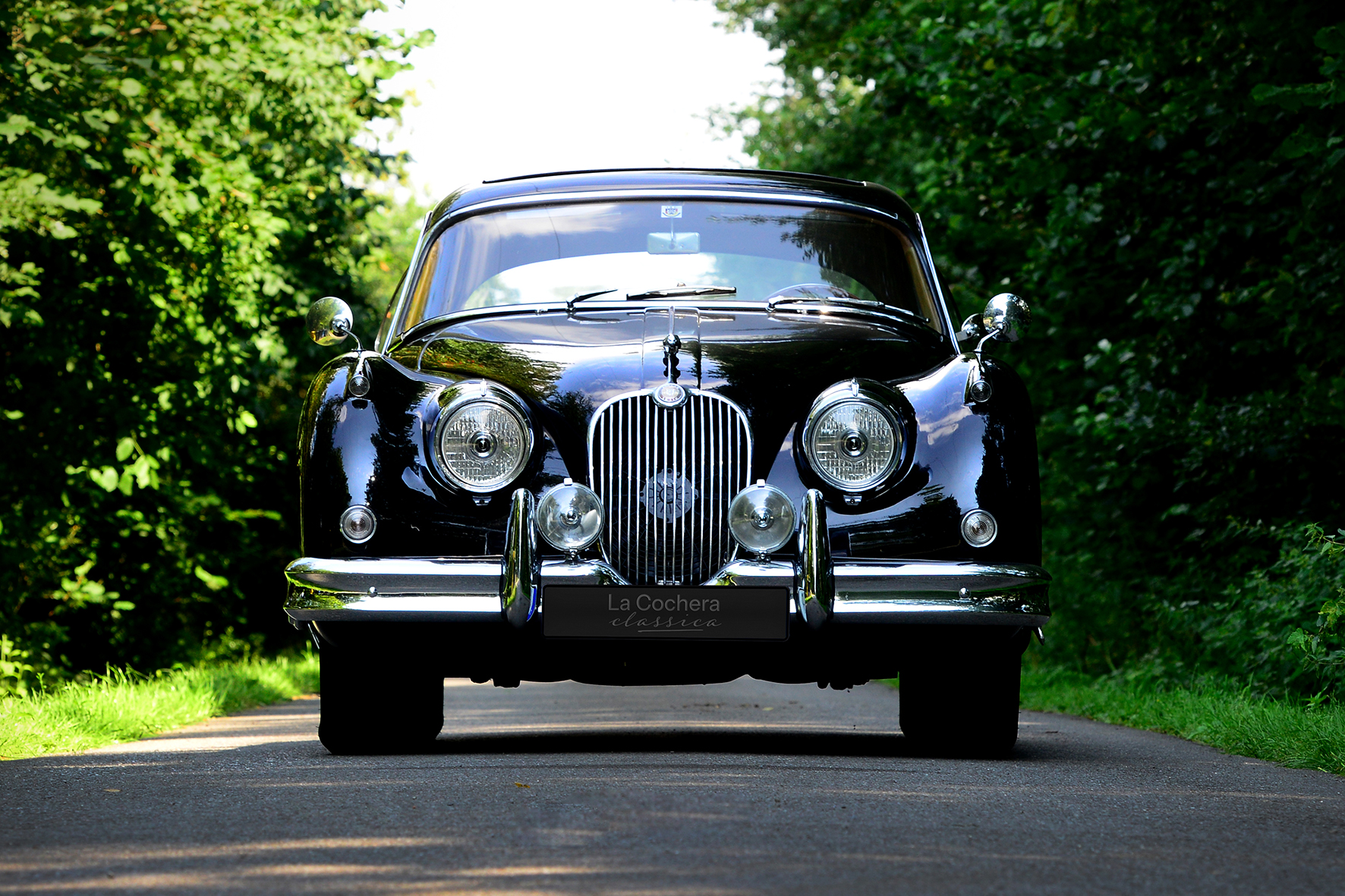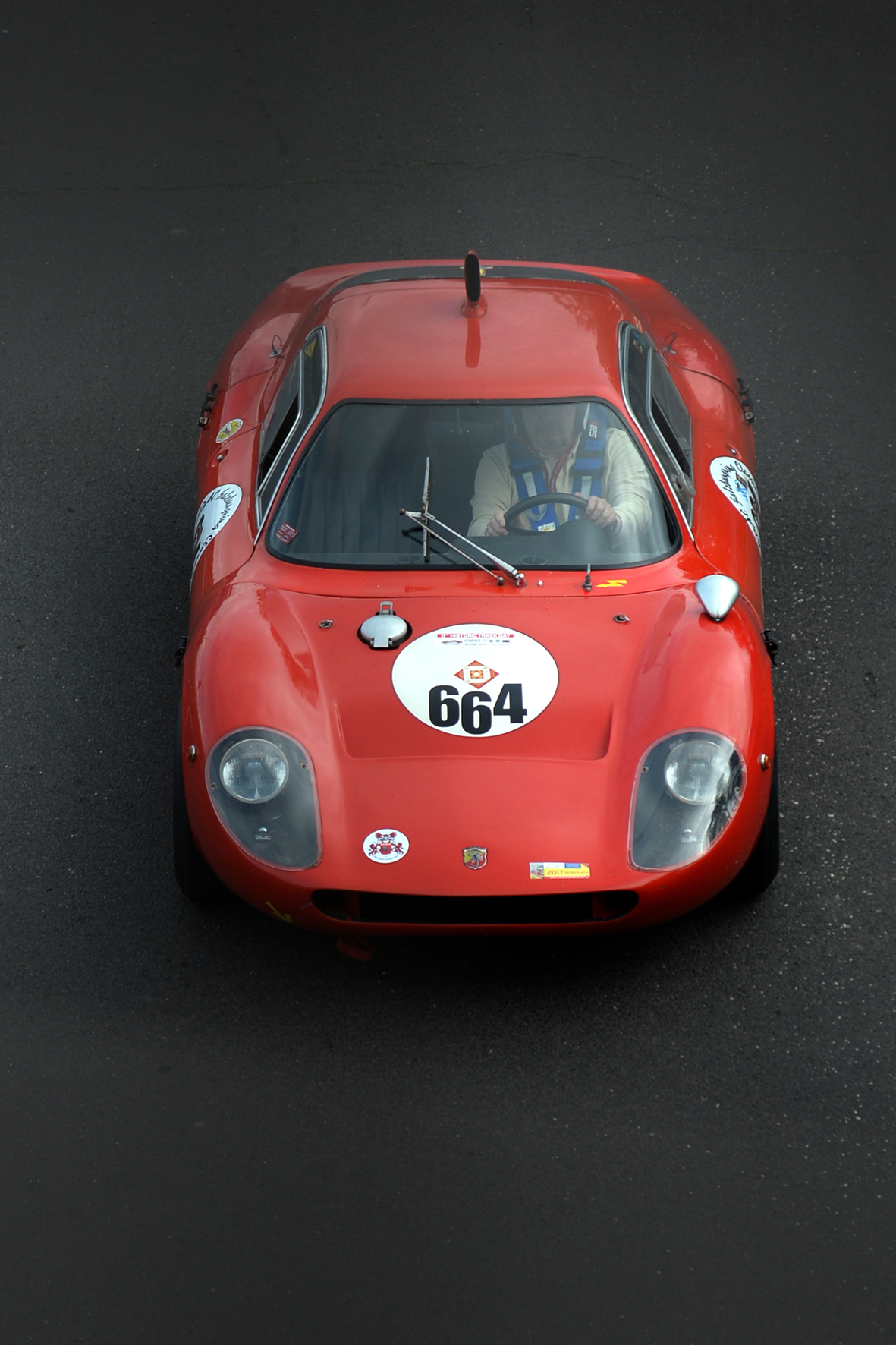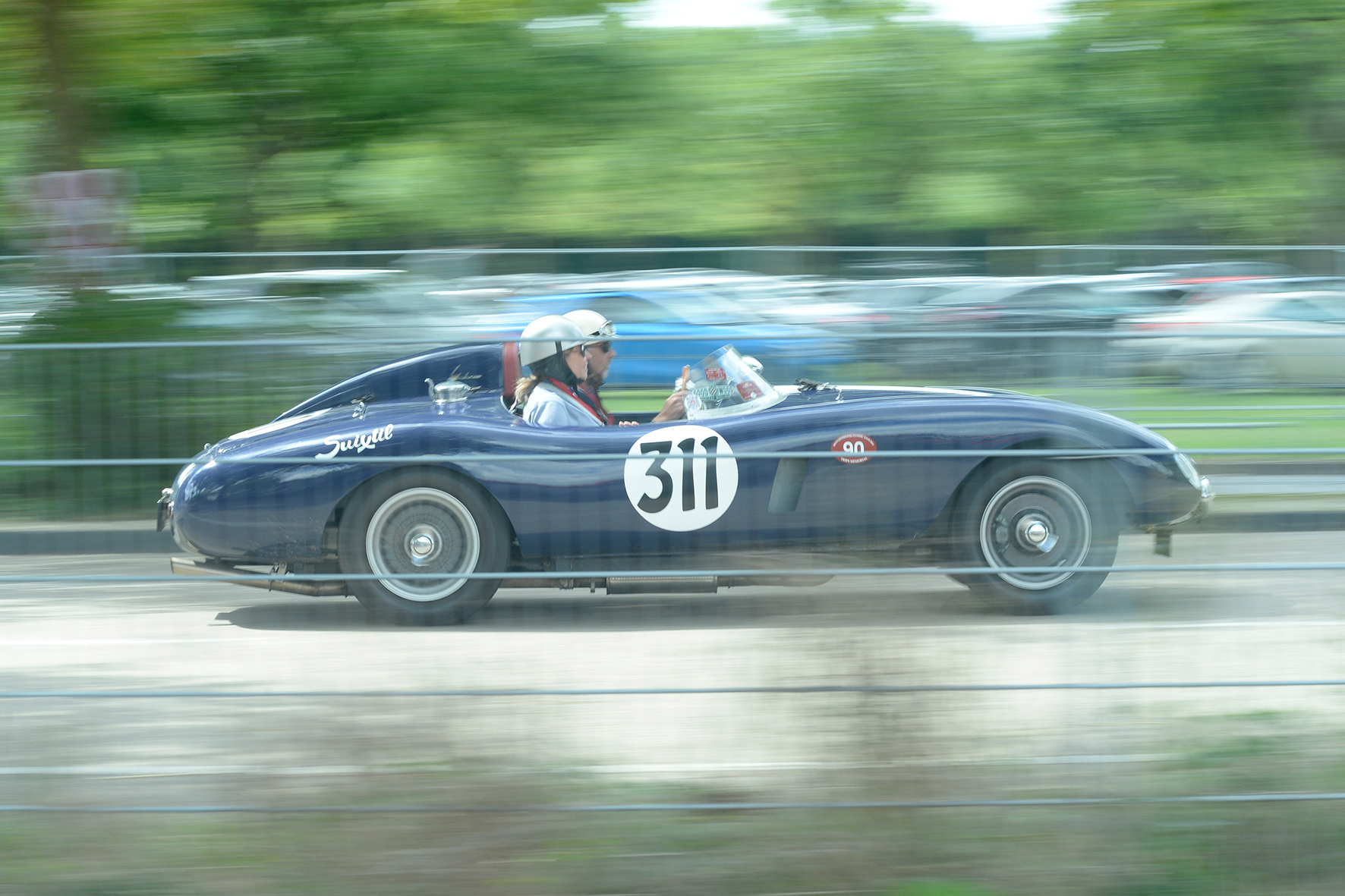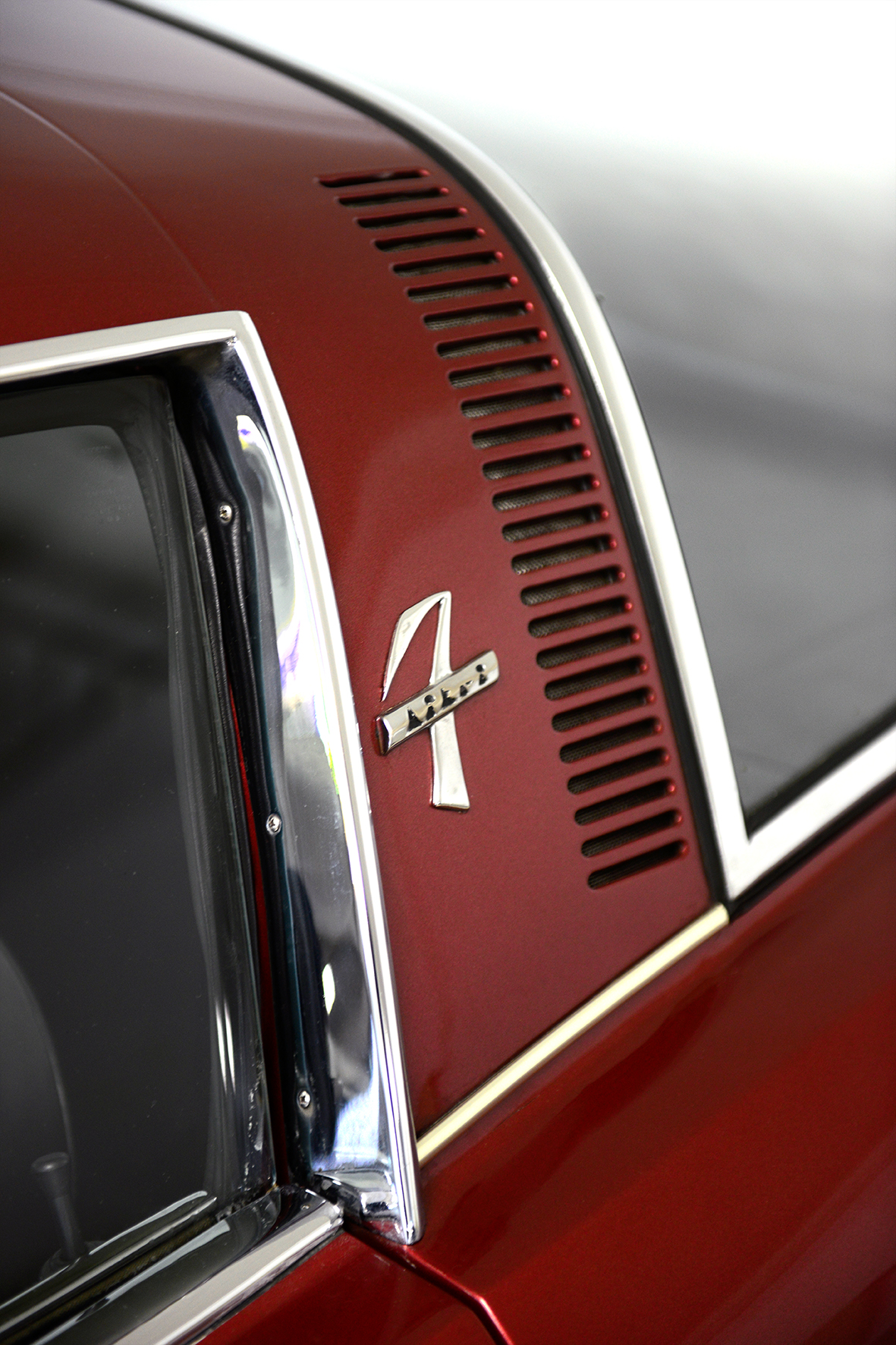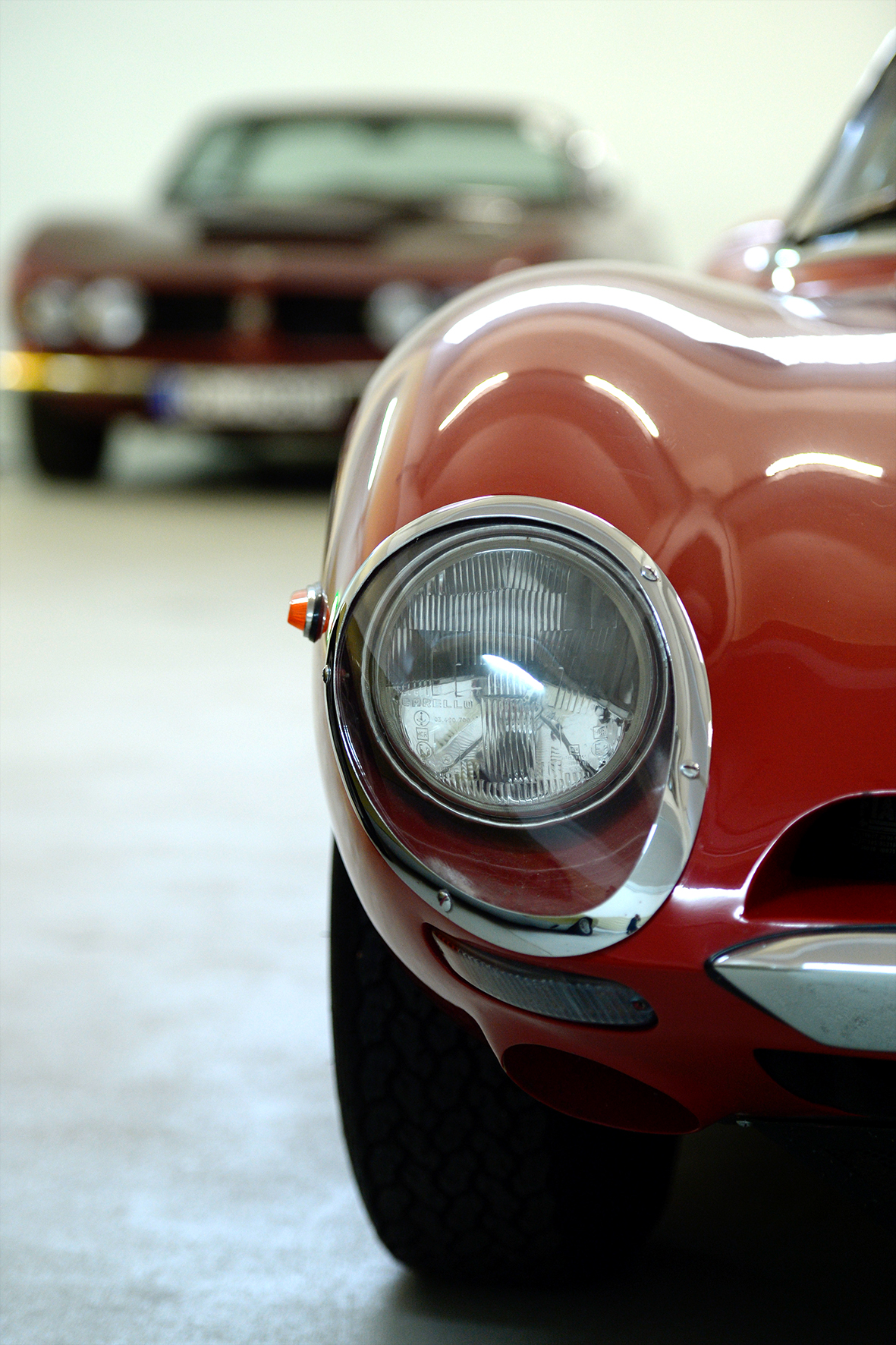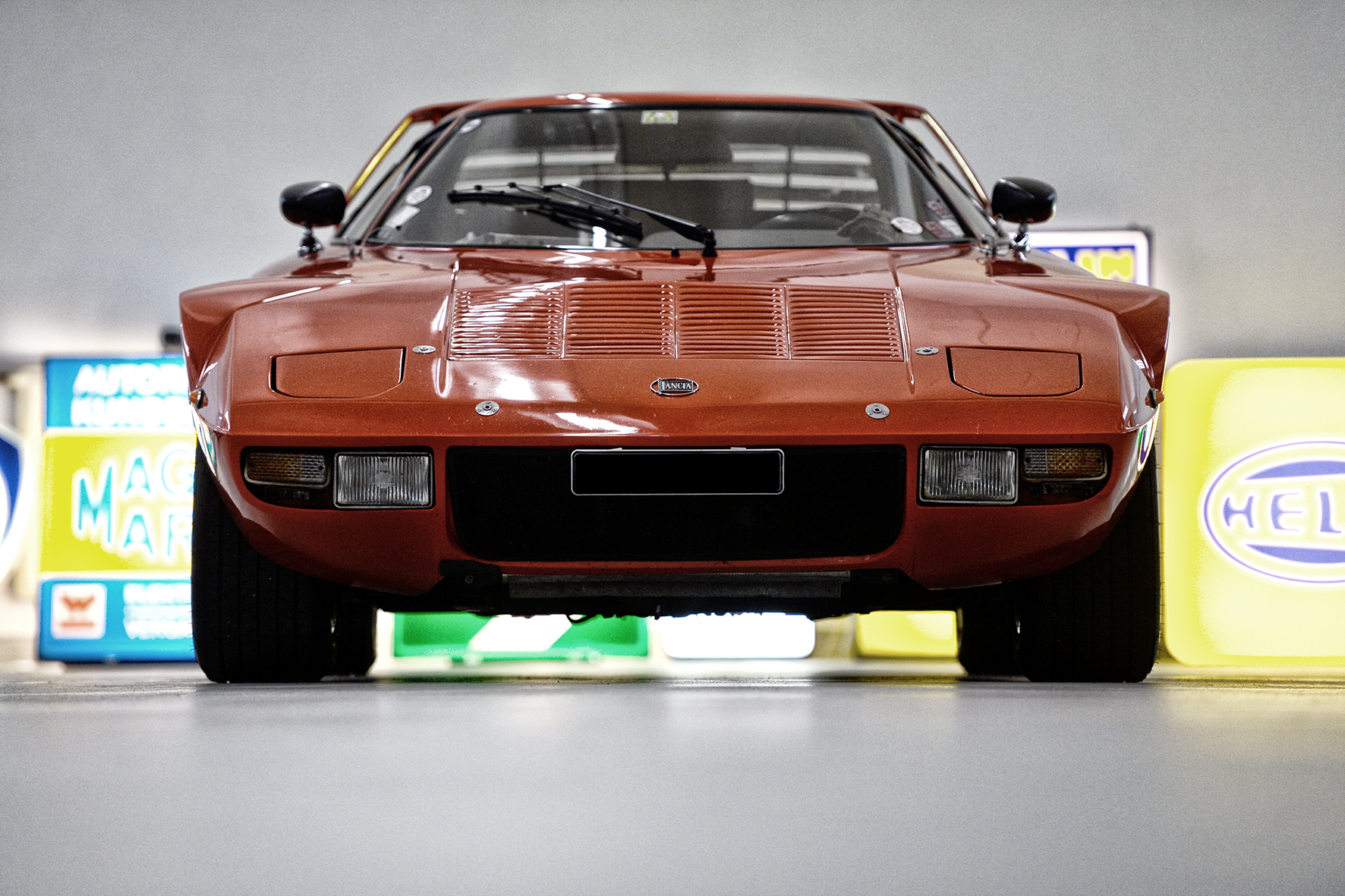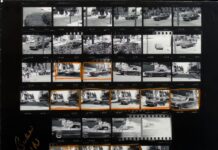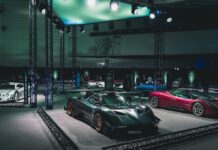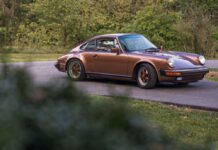It’s always a question of personal taste what you consider to be a highlight. For me, of course, there are two types of photographic highlights, one is very special vehicles that you rarely see, another is certain situations, exciting light, a certain bend, a long shutter speed to capture the speed.
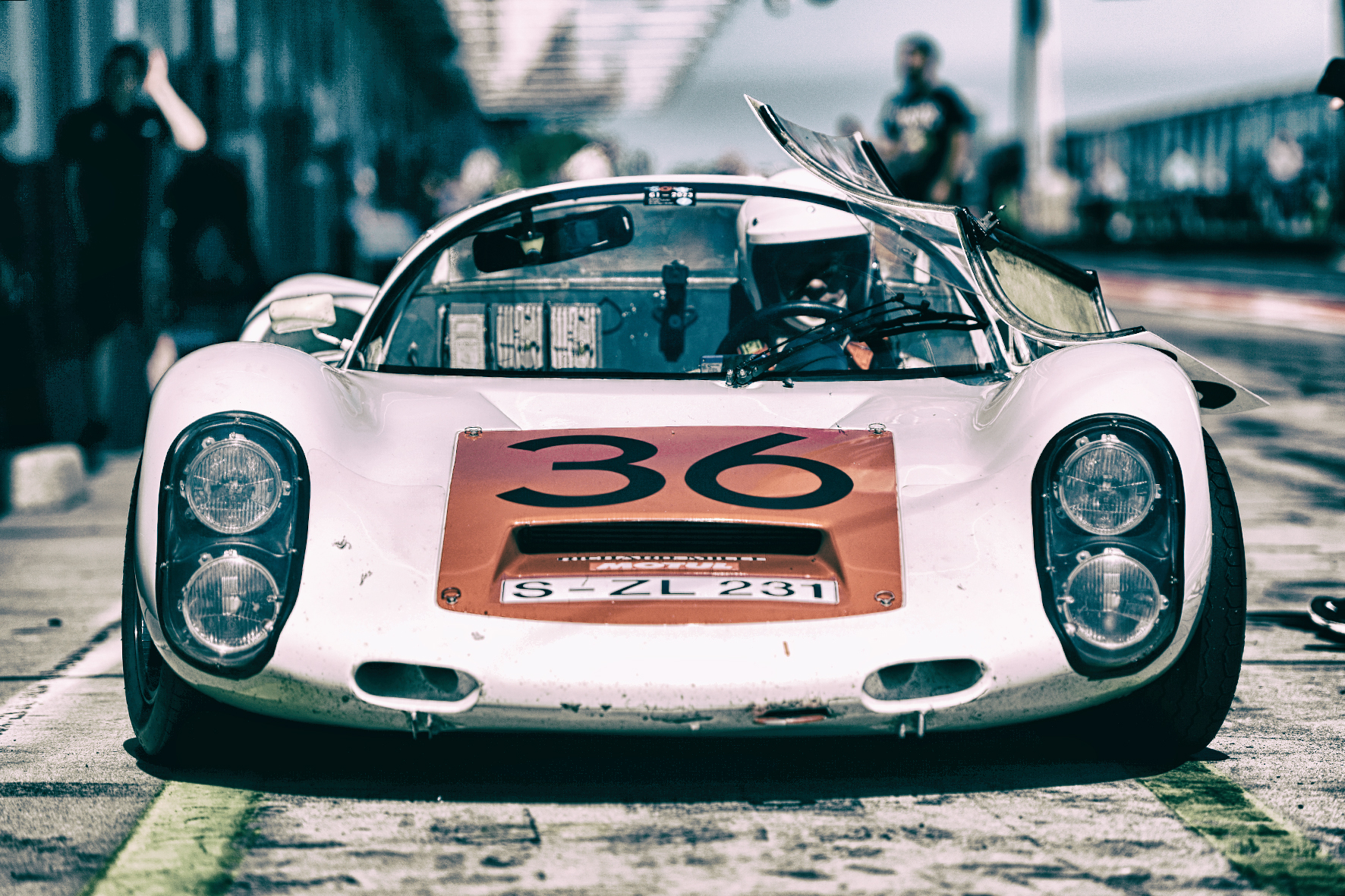
Often these are pictures that are not published first, sometimes they are too artistic, sometimes not documentary enough – there is always a reason. This is understandable and absolutely fine, as the demands of the editorial team and the photographer are sometimes somewhat different.
So at the end of the year, I look through my archive and think that there are still a few unpublished pictures that are worth showing.
Ultimately, they should also provide an exciting outlook for the 2024 season and hopefully get us in the mood for some great events.
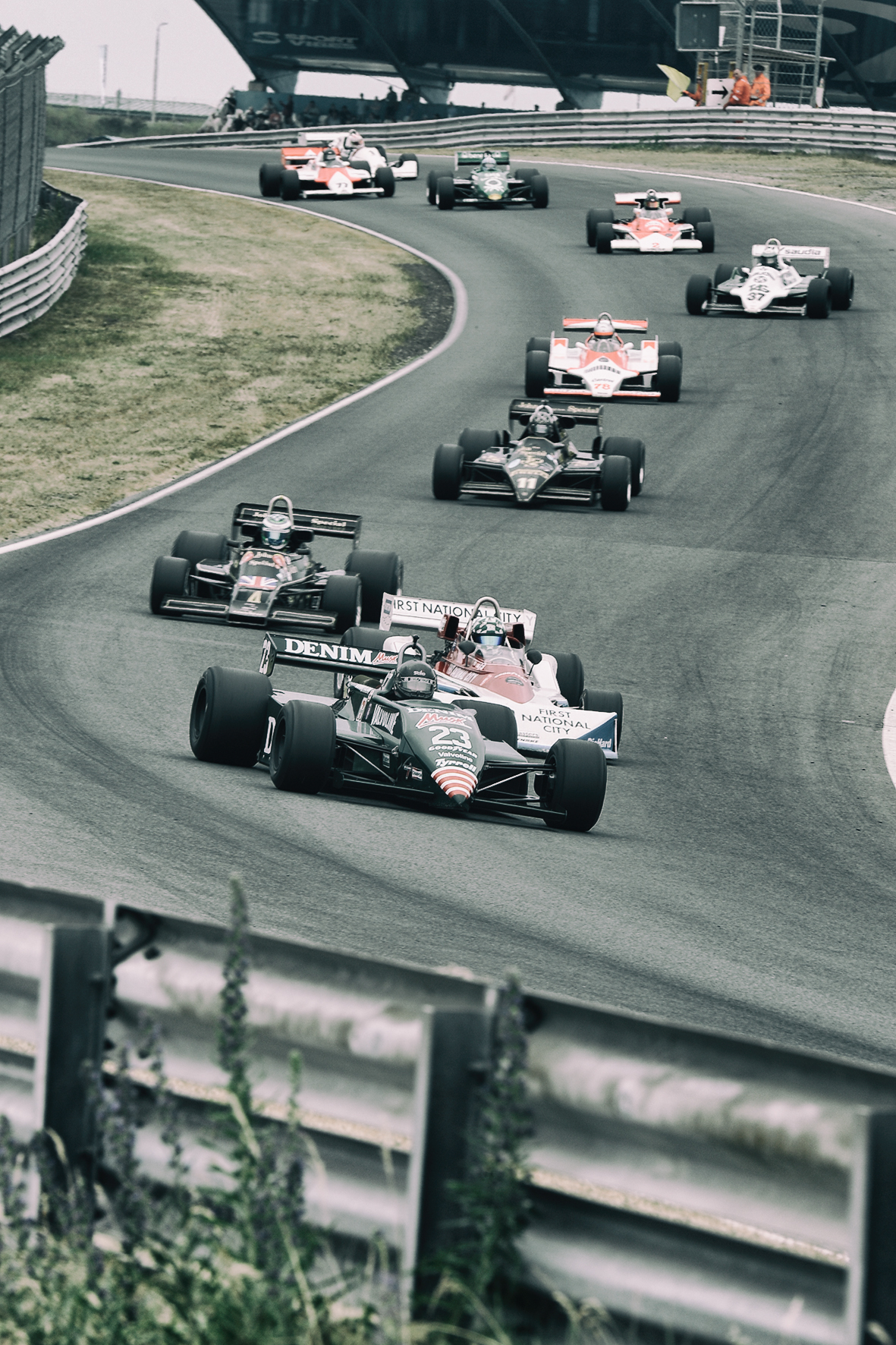
One event that impressed me the most from a purely photographic point of view was the Historic Grand Prix in Zandvoort. This magnificent race track, perfectly embedded in the Dutch dune landscape and located right by the sea, with its banked corners was really cool. It opened up completely new perspectives for me, especially when you consider how many different racing cars were used there. From the small 500cc Formula 3 racing cars of the 1950s to the historic Formula 1 cars of the 1980s and the Le Mans Legends from the 2000s, many had their own ideal line and, of course, extremely different speeds.
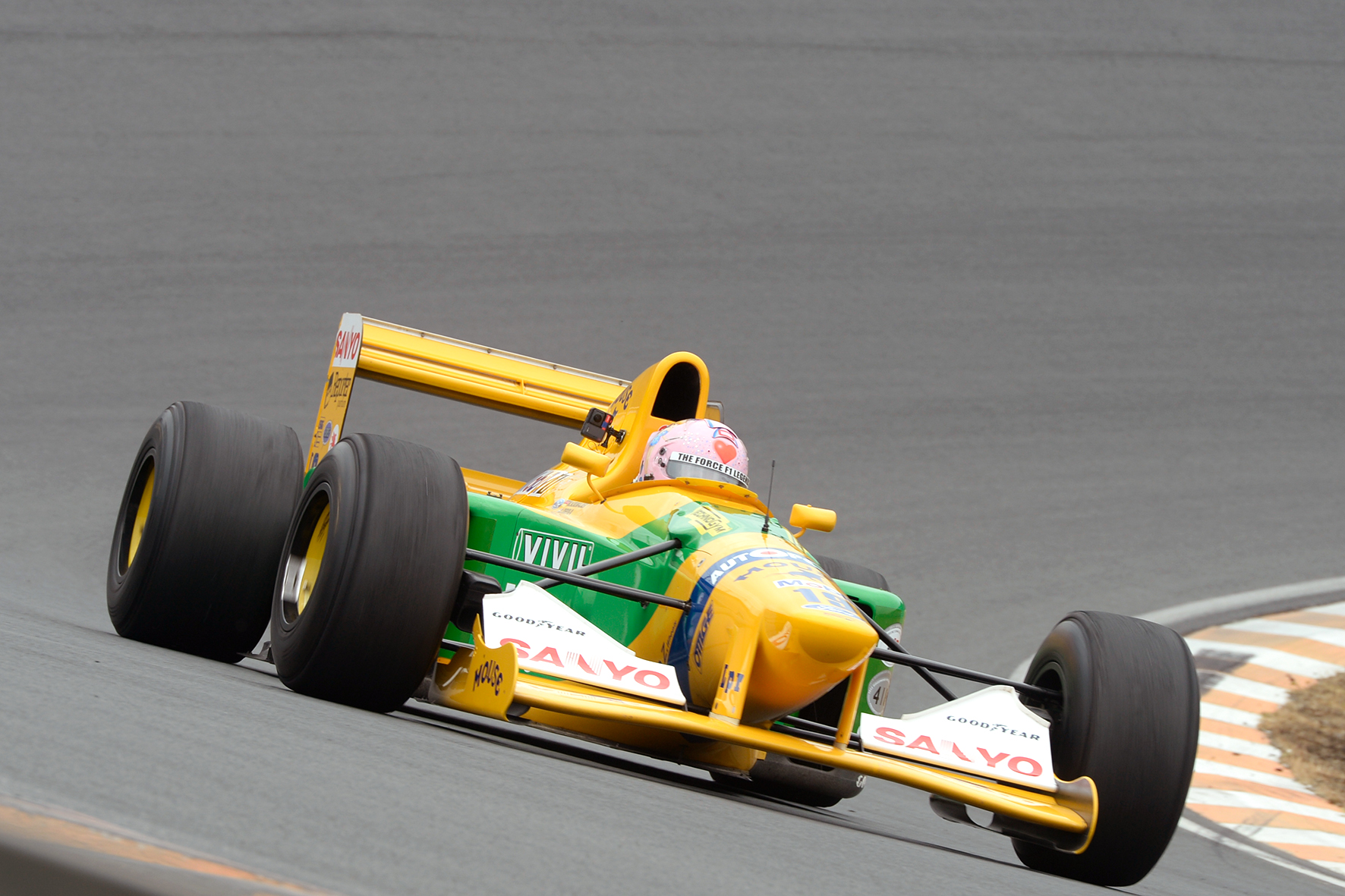
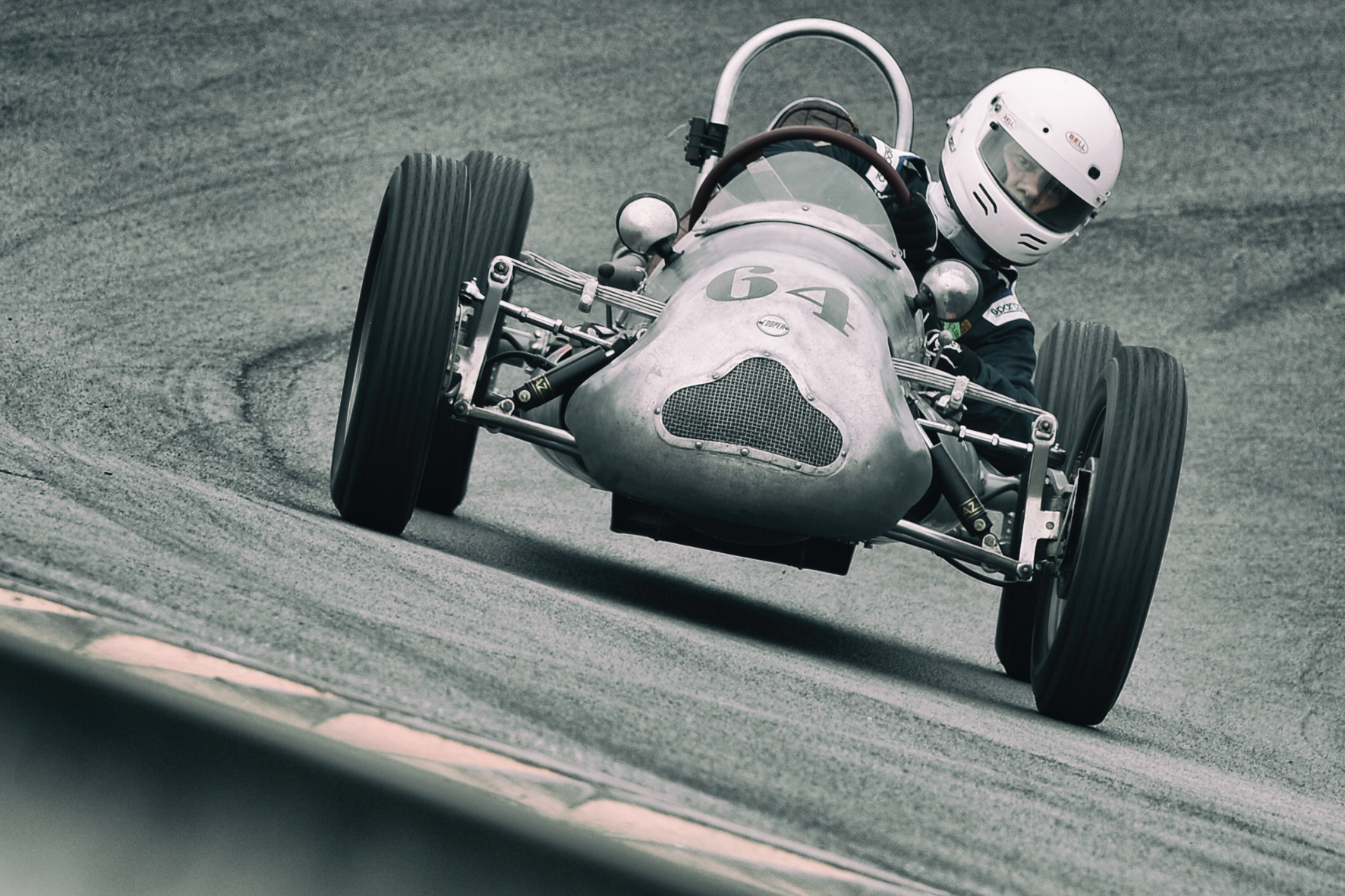
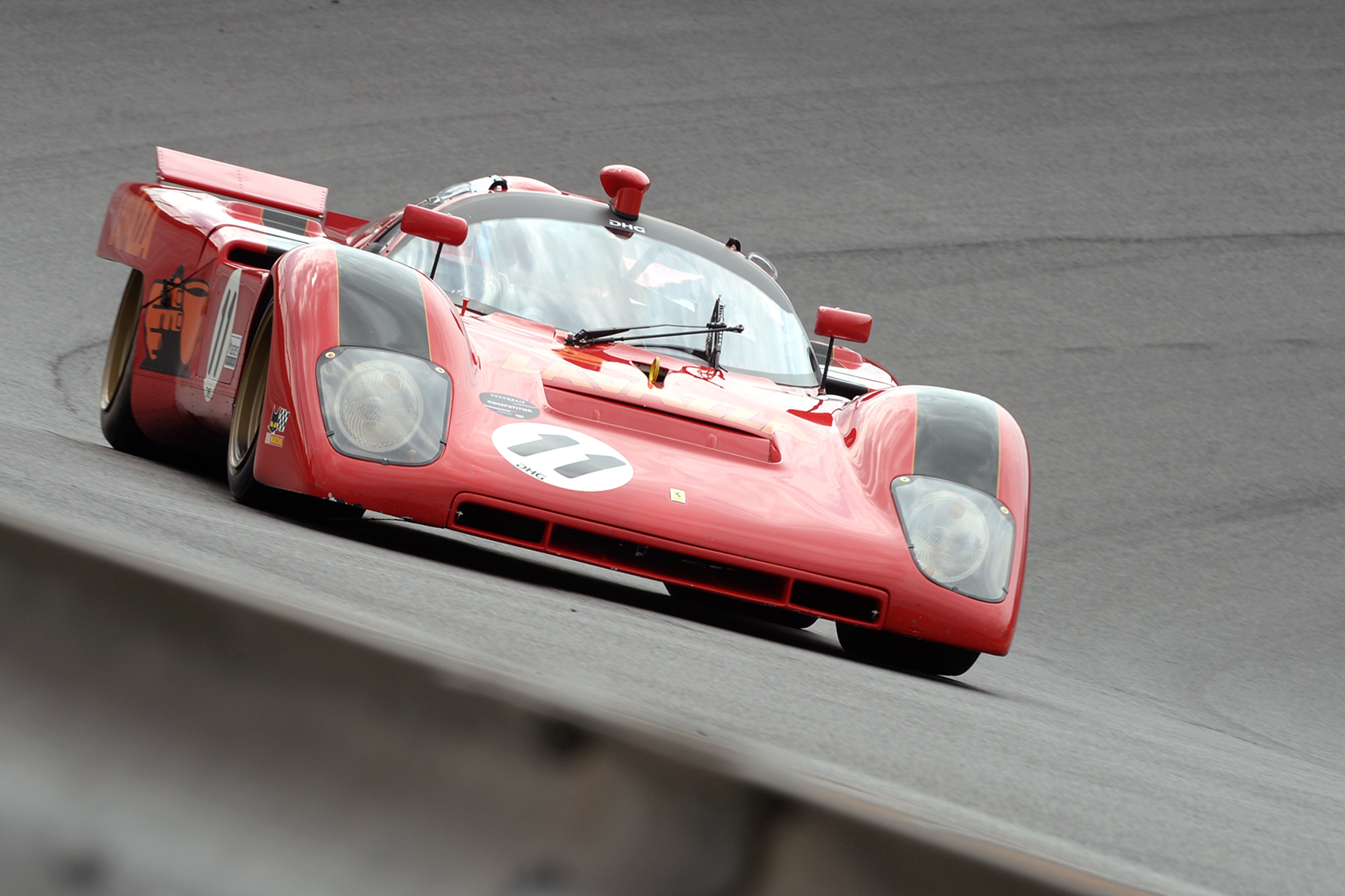
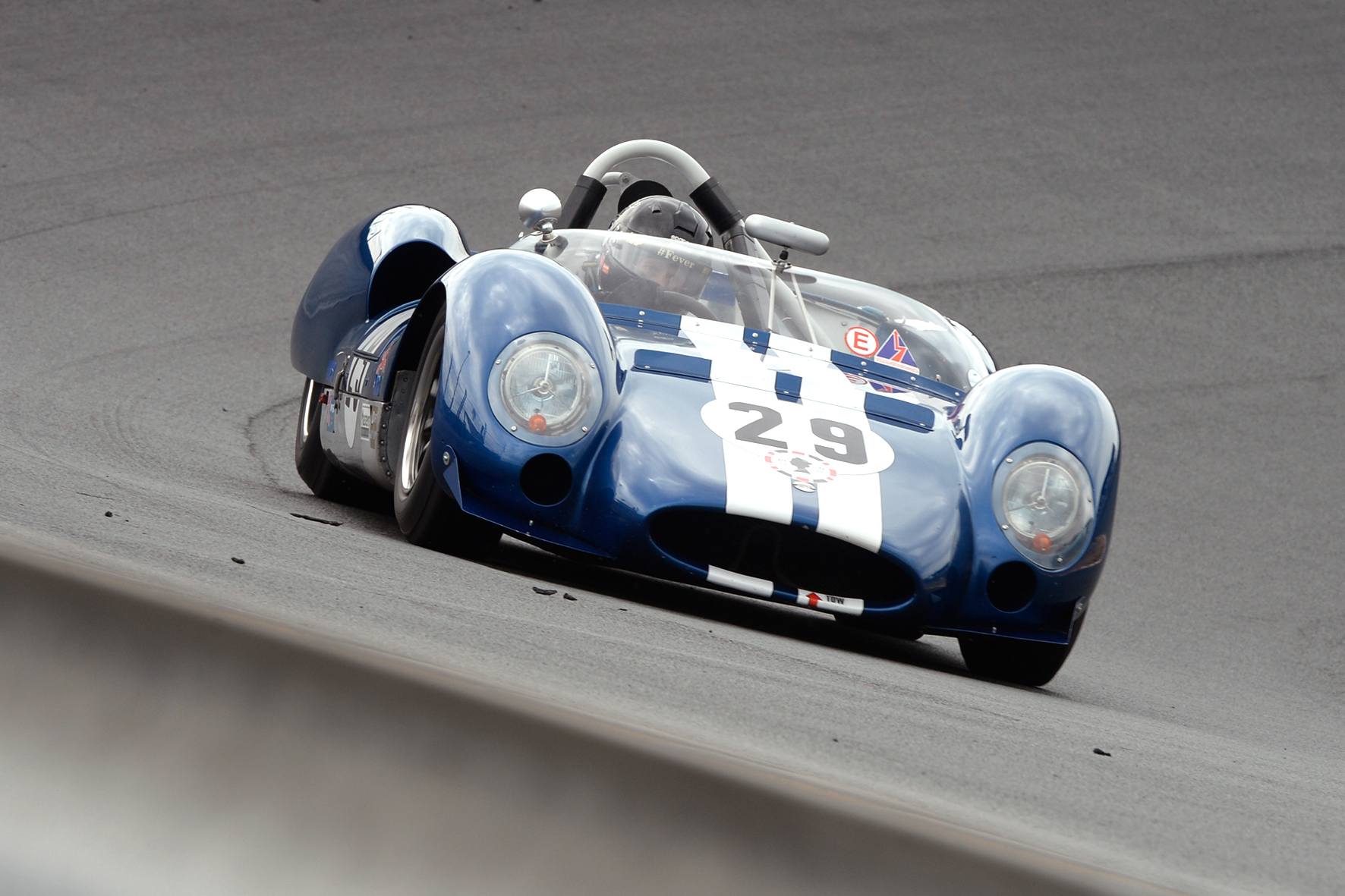
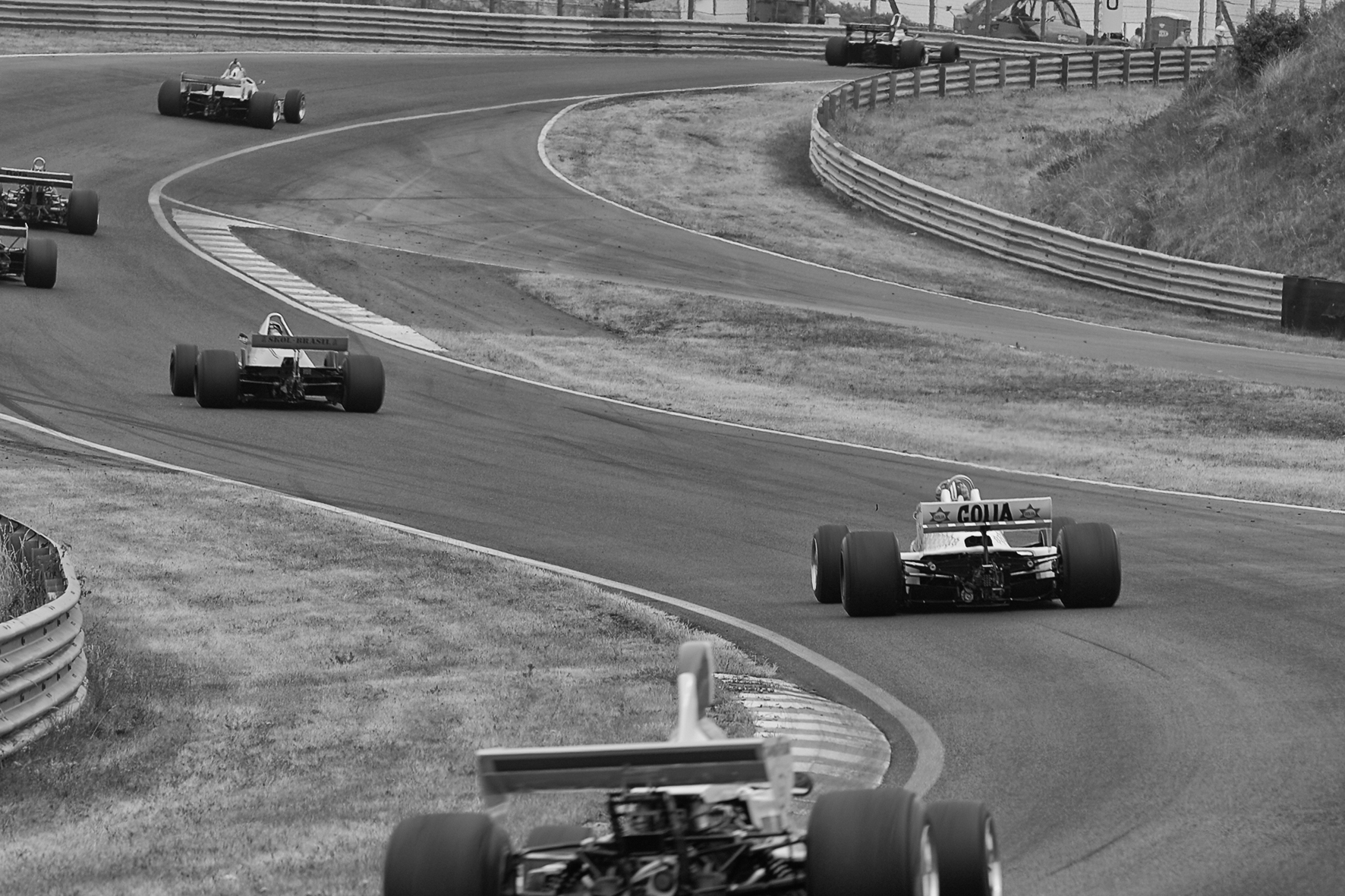
But the heavy rain during qualifying for the six-hour race during the Spa Six Hours event was also a real highlight for taking photos. Rain is always a challenge when photographing fast racing cars. There are two ways to capture this perfectly. One is to freeze the raindrops with a very fast shutter speed, the other is to use a very slow shutter speed to visualise the dynamics of the speed and the displacement of the water under the car. I usually prefer the second method, as I think it better captures the driving challenge that exists in rainy weather and also makes the aerodynamics “visible” to some extent.

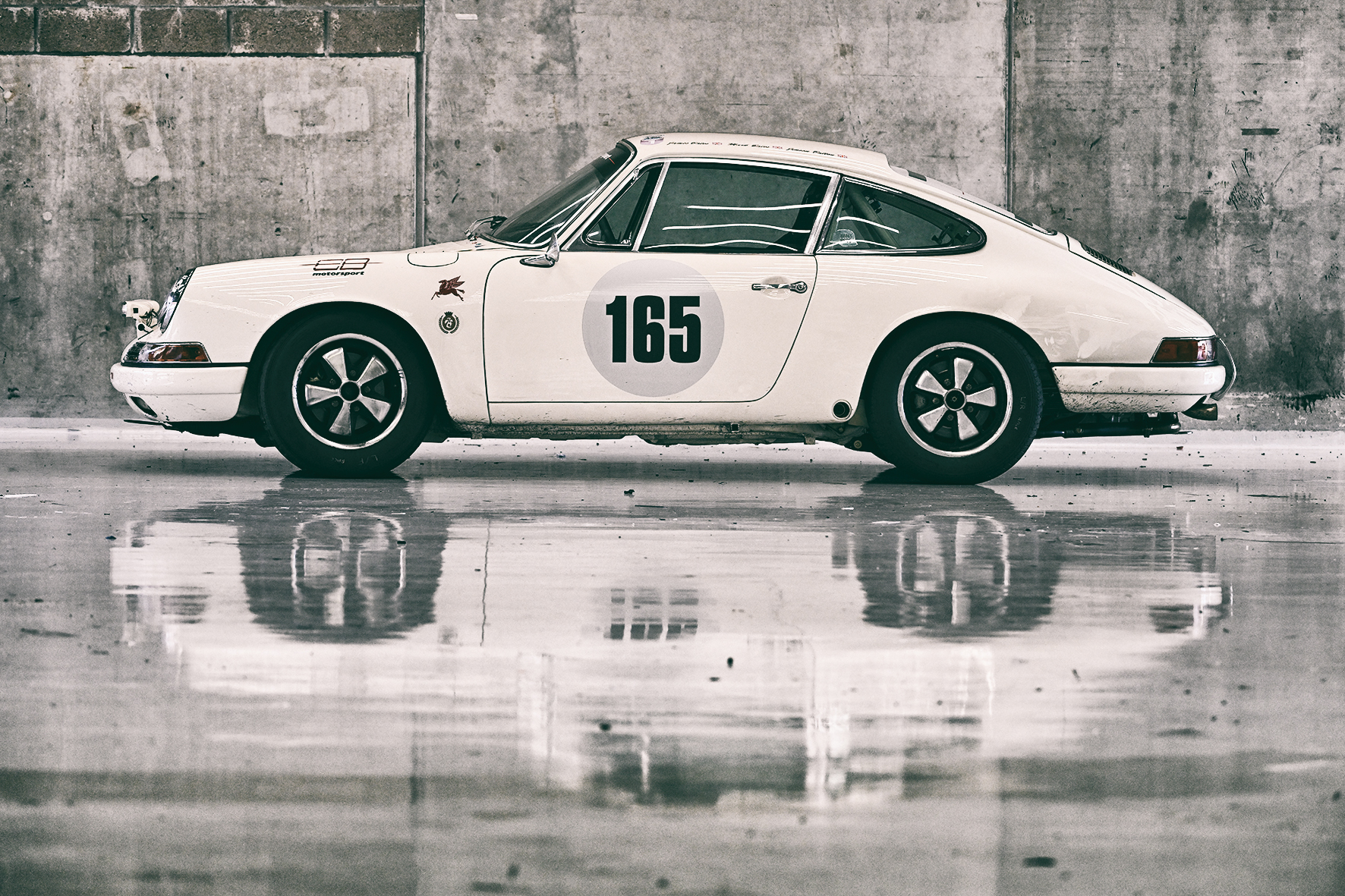

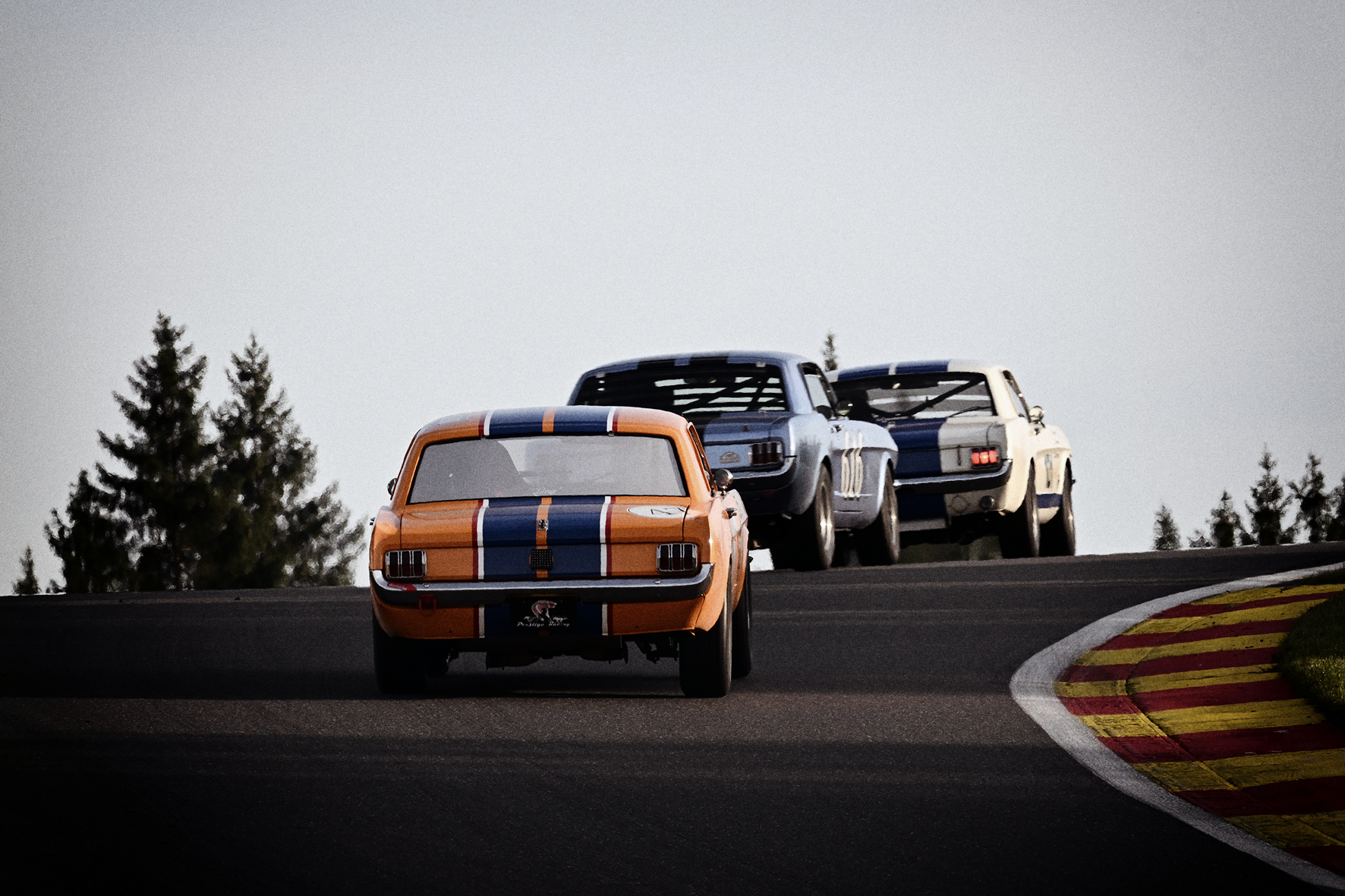
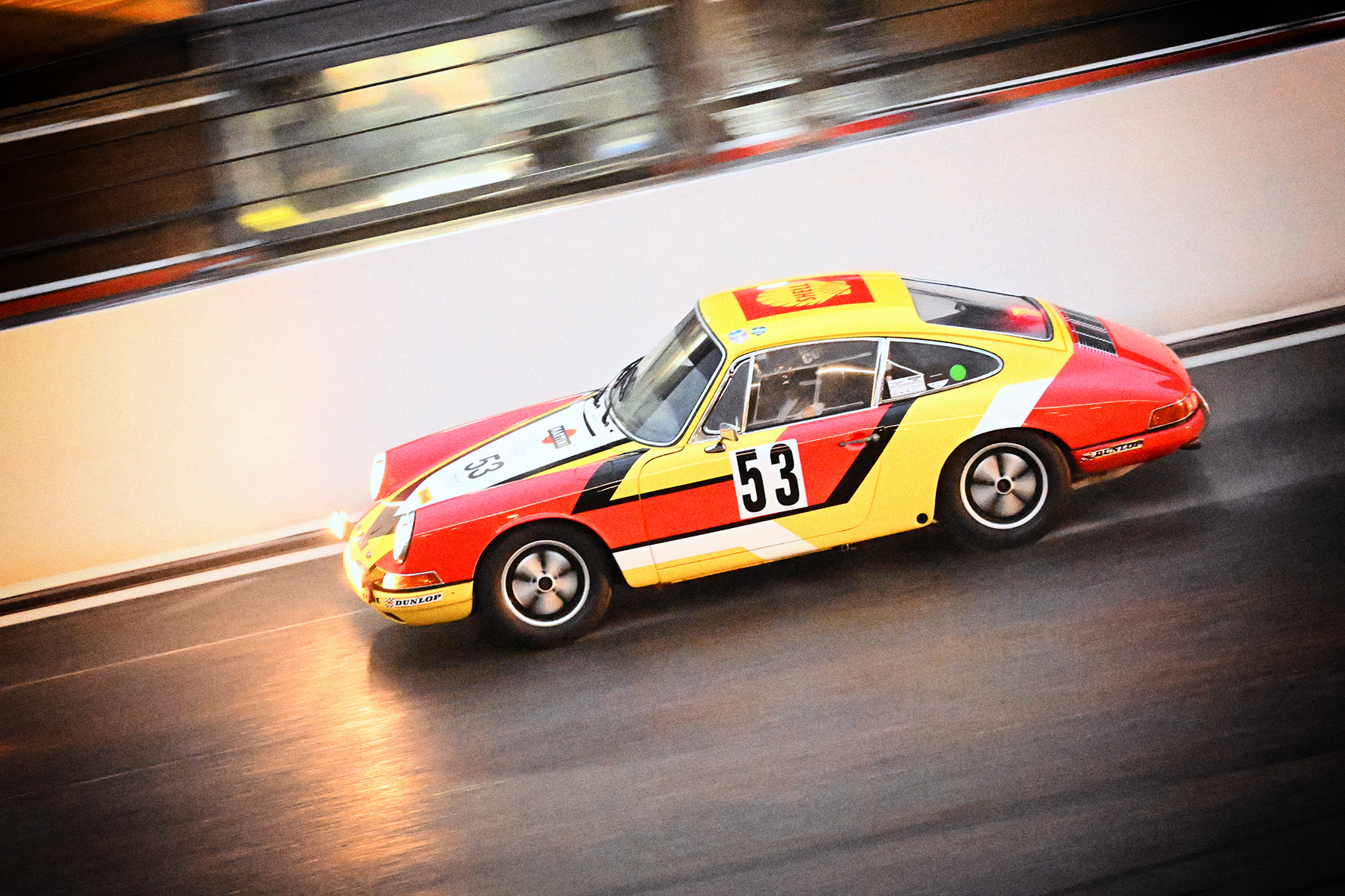

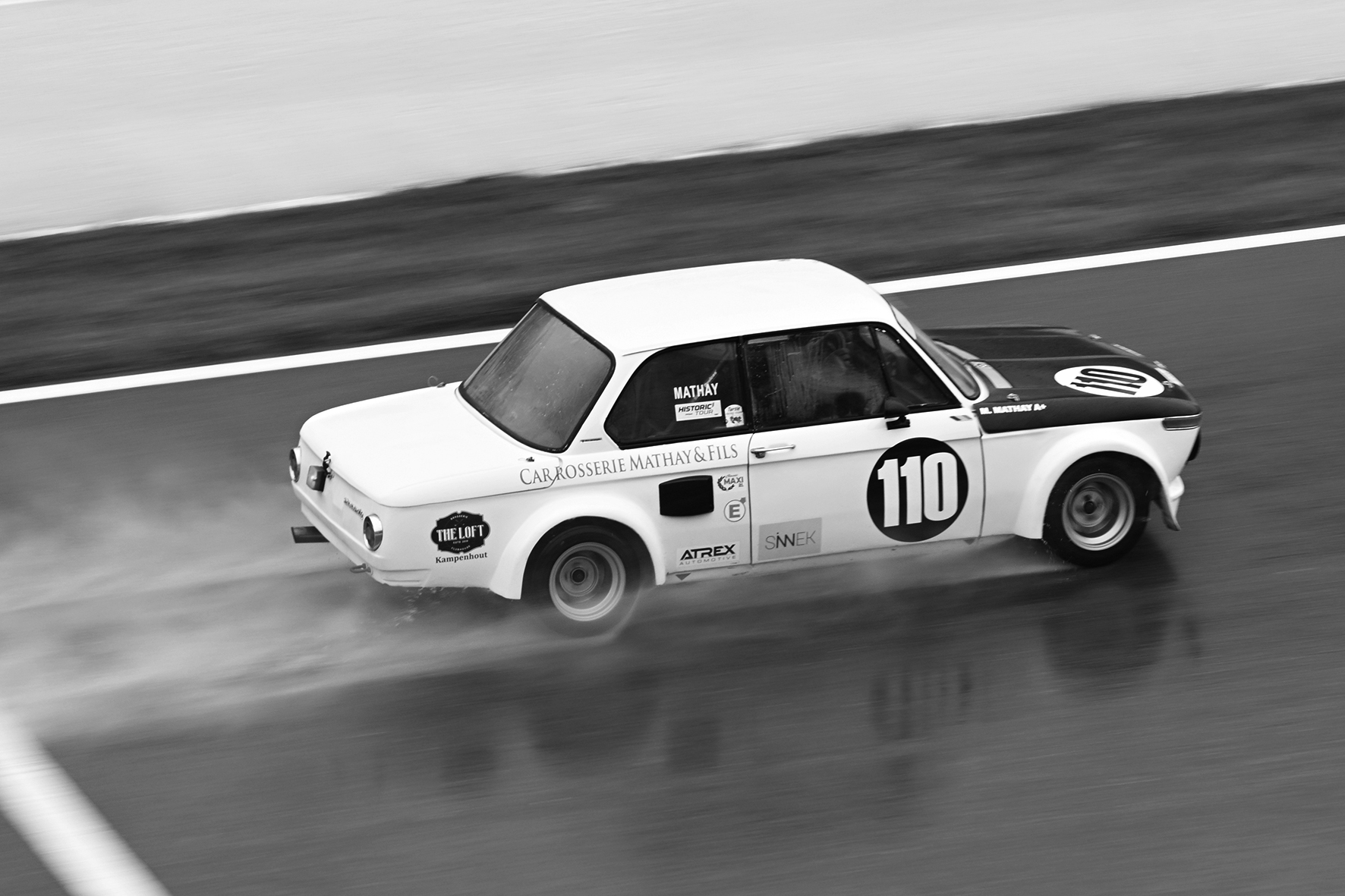
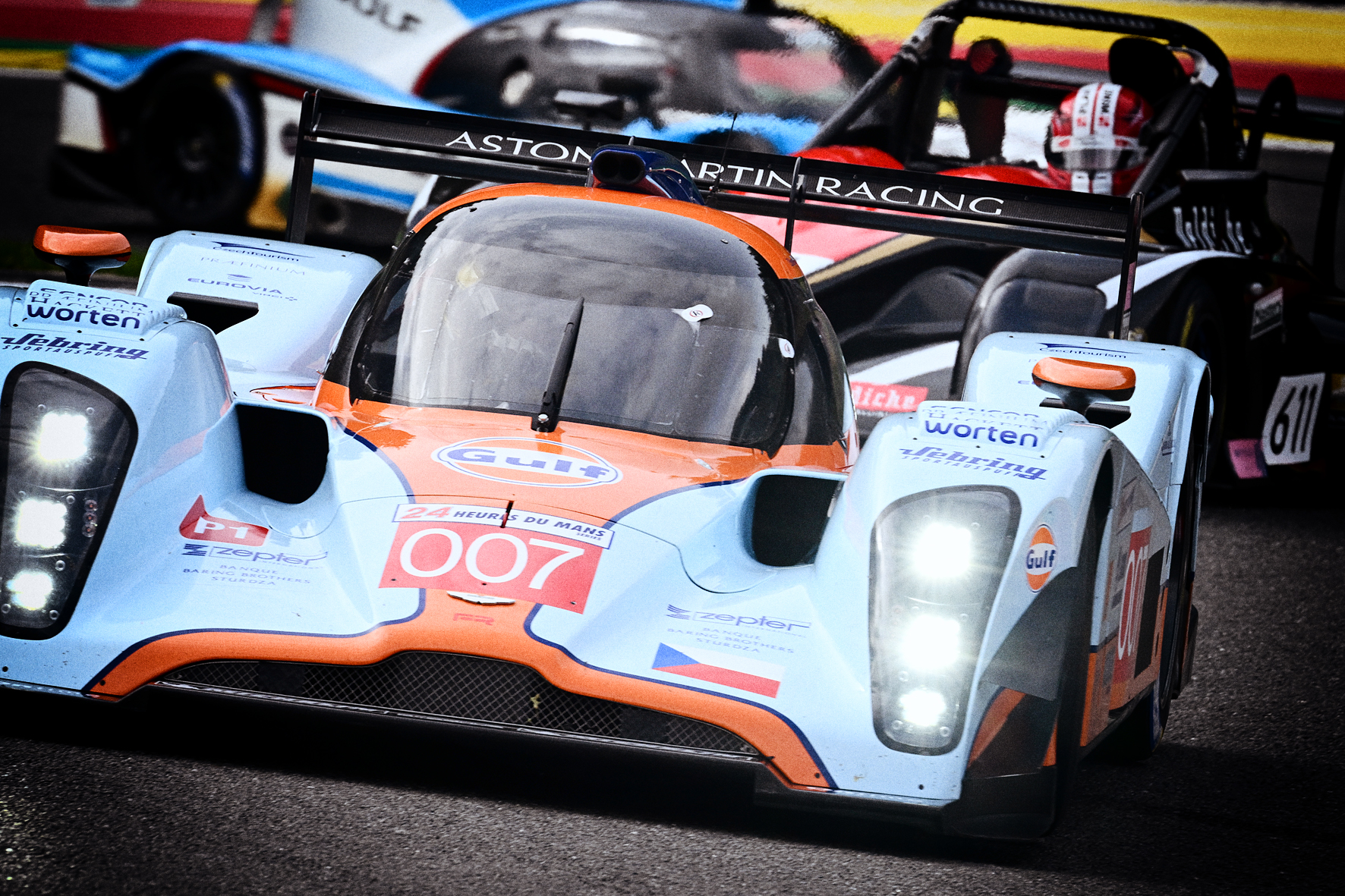
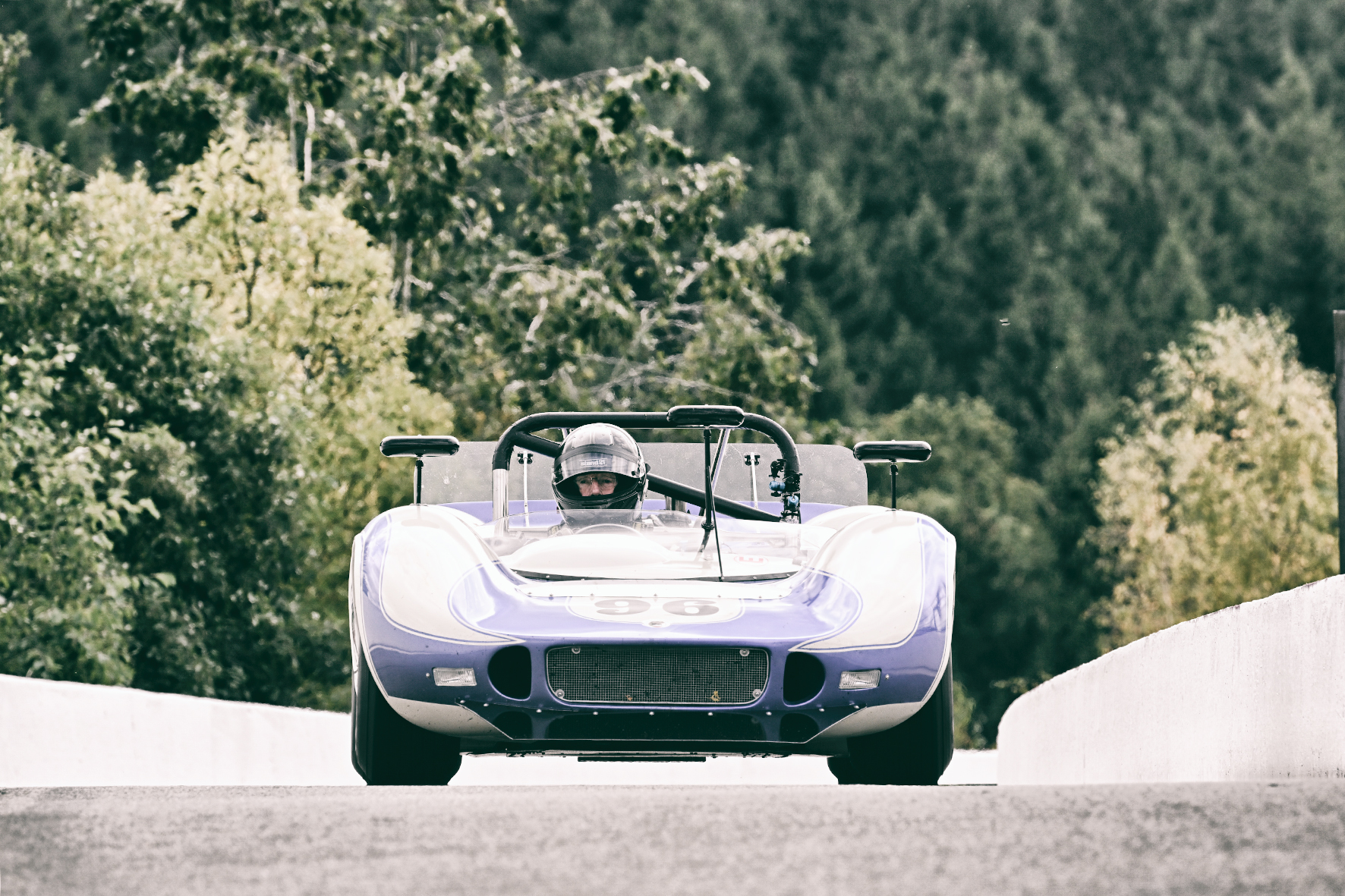
In the age of digital photography, it is of course possible to experiment more today than in the days of slide film. Firstly because you can see the result on the monitor immediately and secondly because you usually have enough memory cards with you and can simply delete unsuccessful photos.
With the highly technical photographic equipment of today, I would love to be again at my first car race as a photographer, the AvD Grand Prix of Germany in 1976 for Formula One racing cars on the legendary Nordschleife of the Nürburgring. But that’s just a dream.
All the more reason to take our hats off to the pioneers of motorsport photography. The greats of their time included Louis Klemantaski, Jesse Alexander, Bernhard Cahier, Werner Eisele, Horst H. Baumann and many others who had to make do without autofocus and other technical refinements with their SLR cameras and still managed to capture iconic images of outstanding quality. I wouldn’t want to compare myself with these masters of their craft, but they are definitely role models for me, especially when it comes to image composition. Find out more about our photographer Ralph Lüker.
